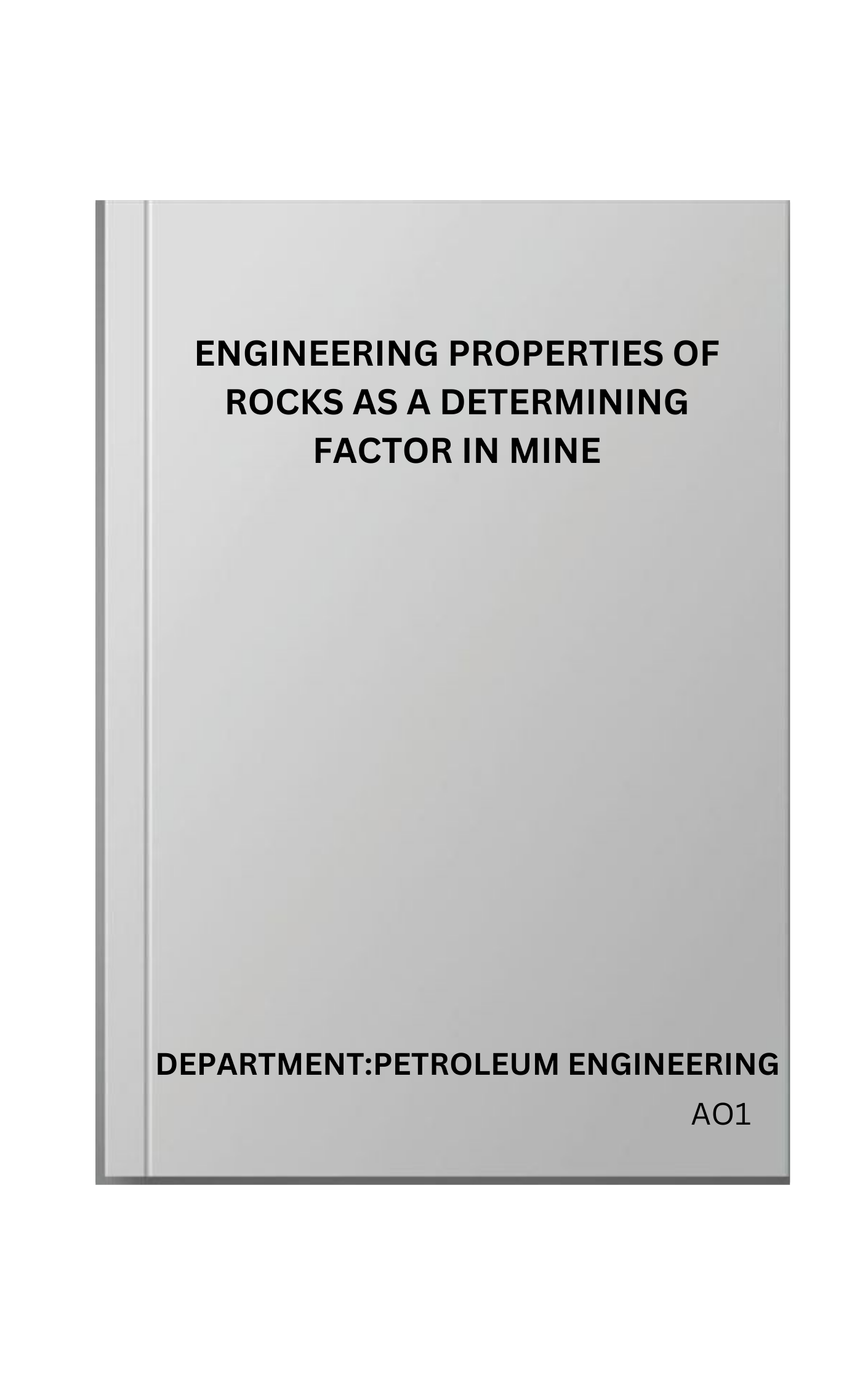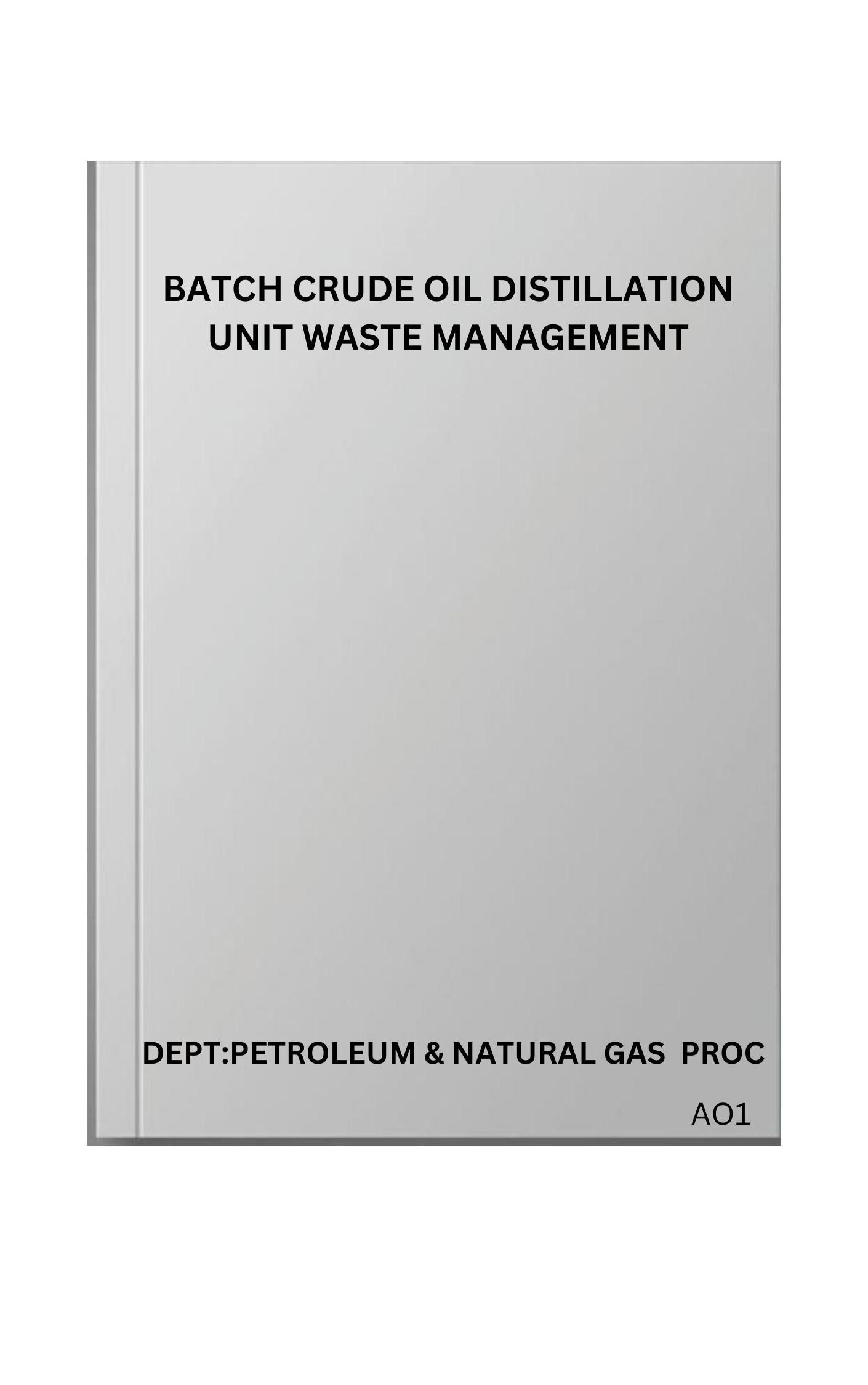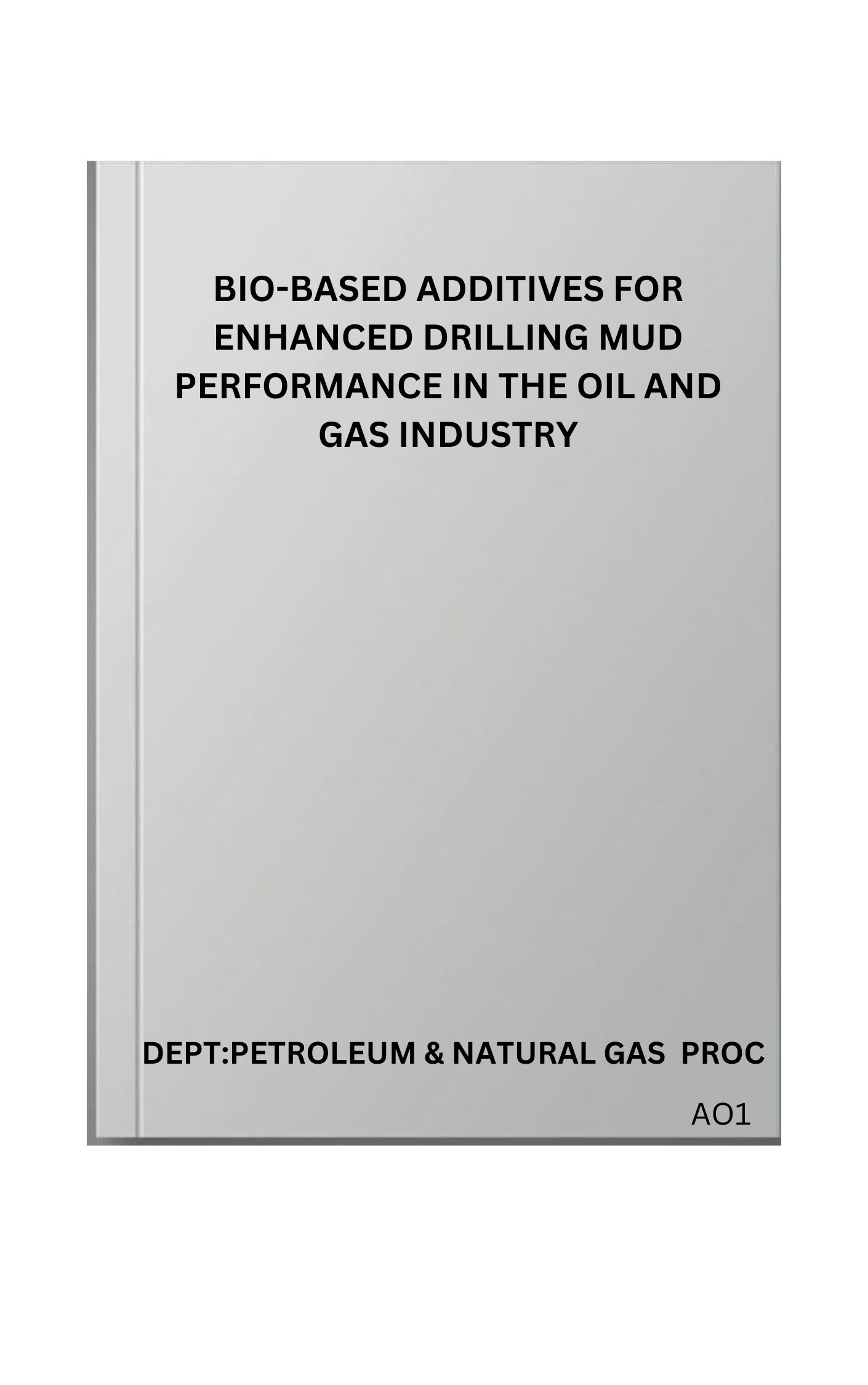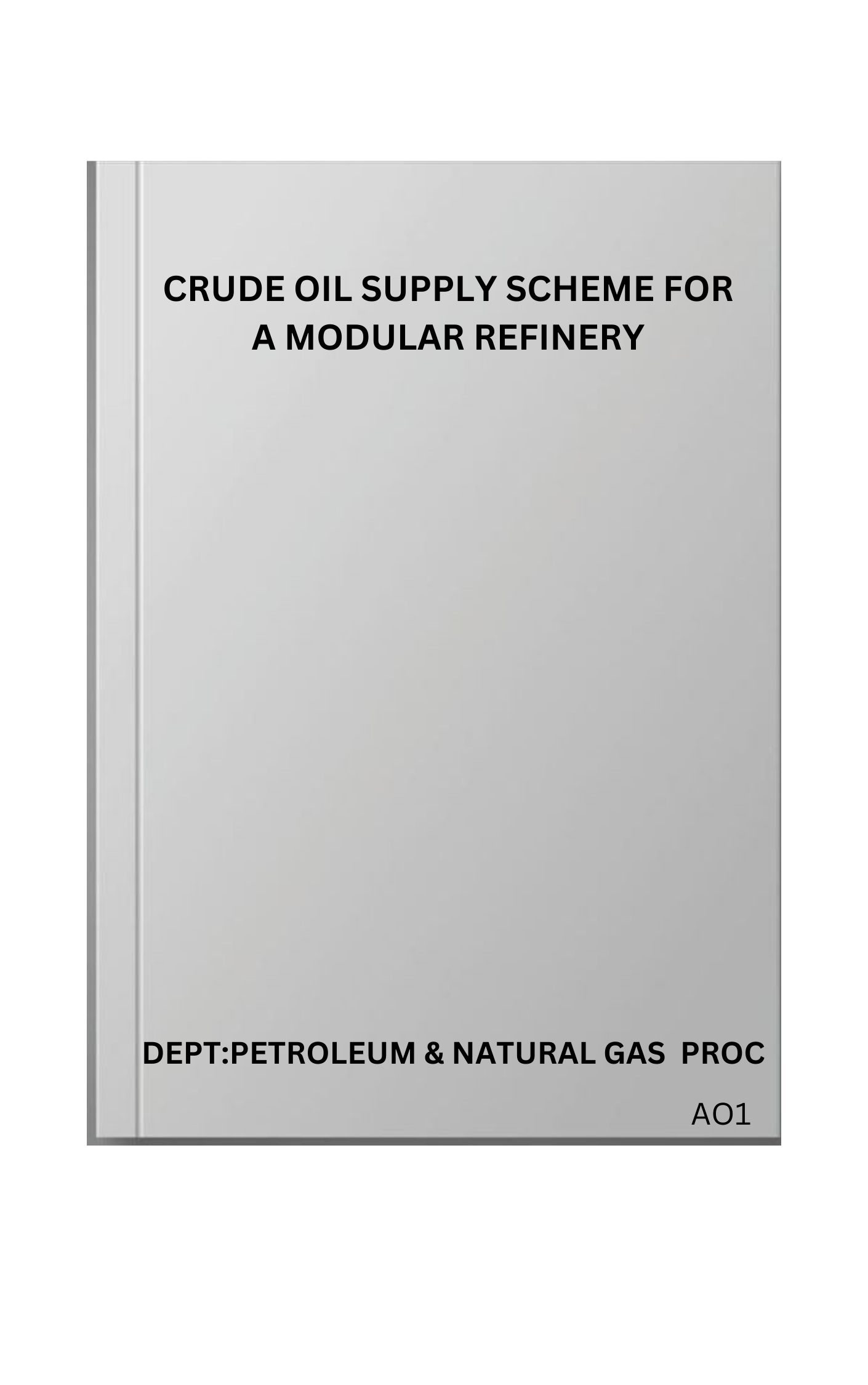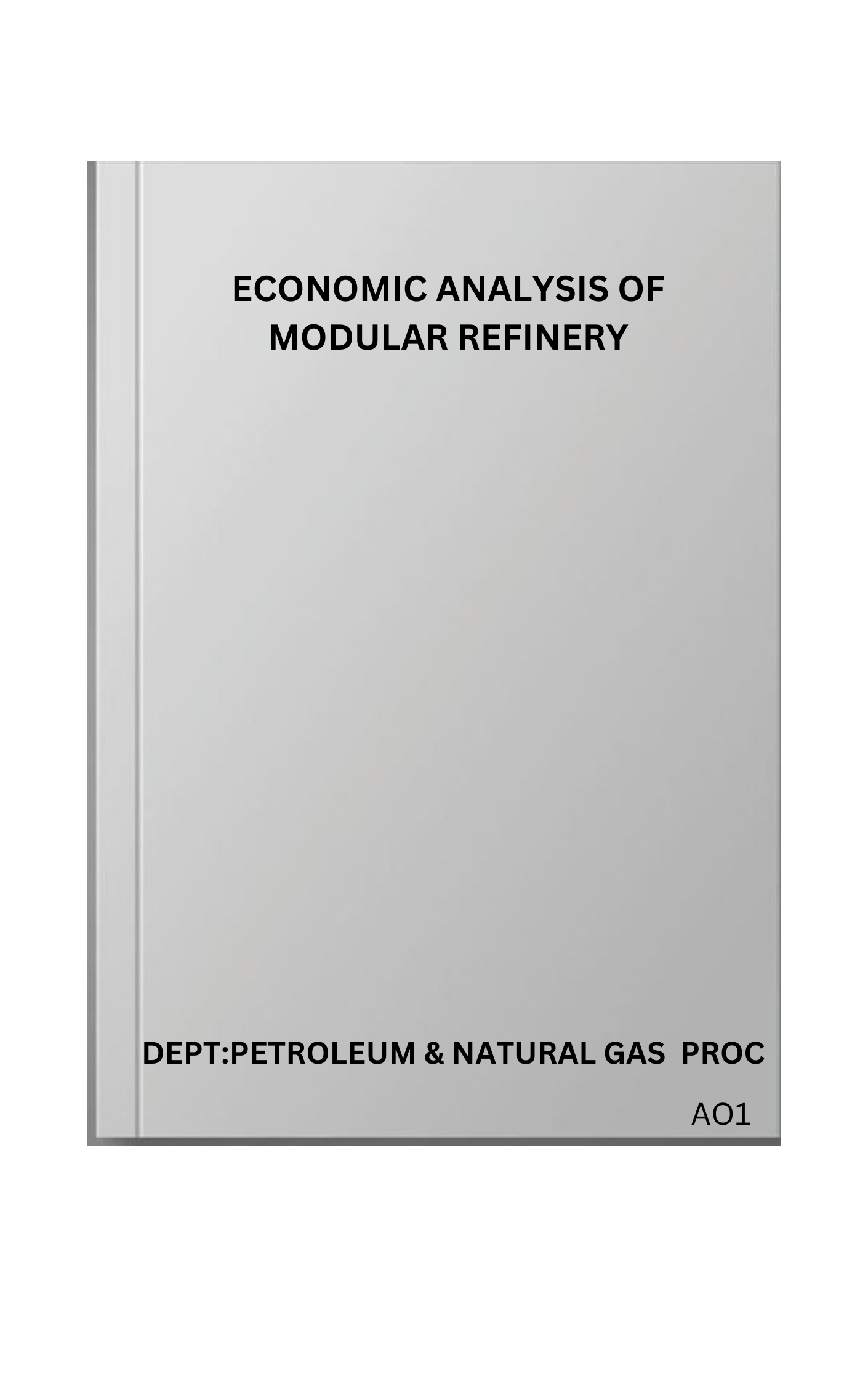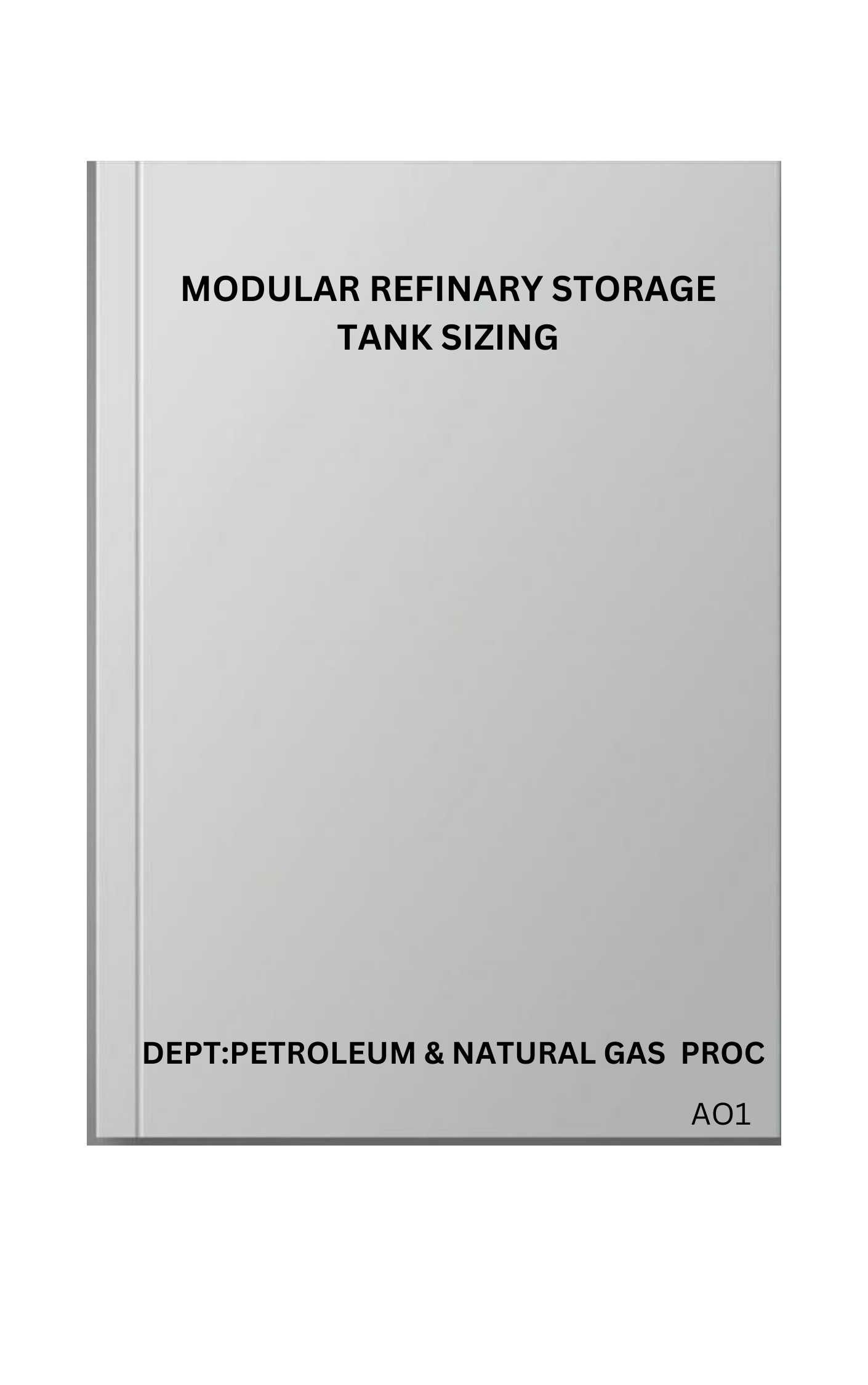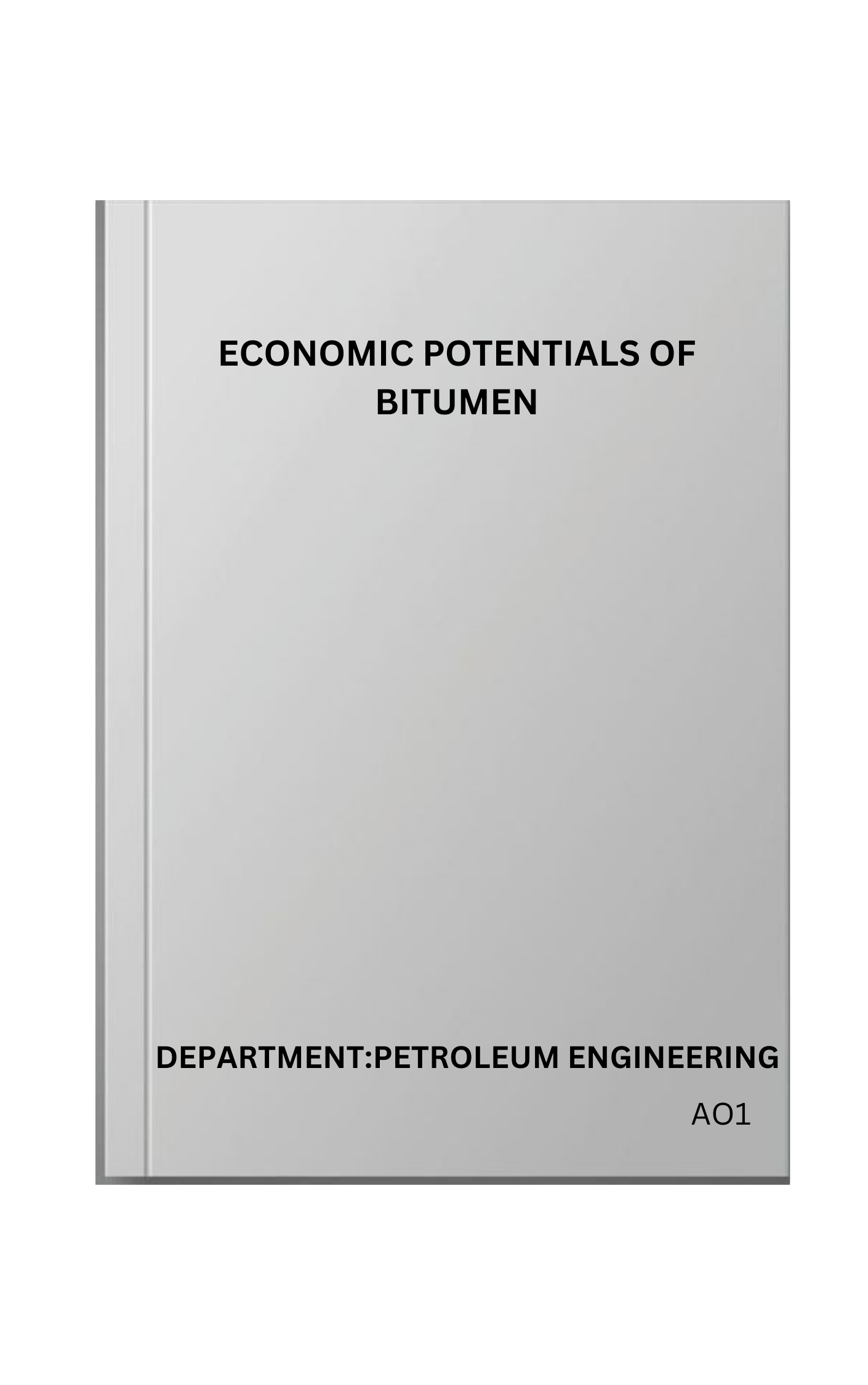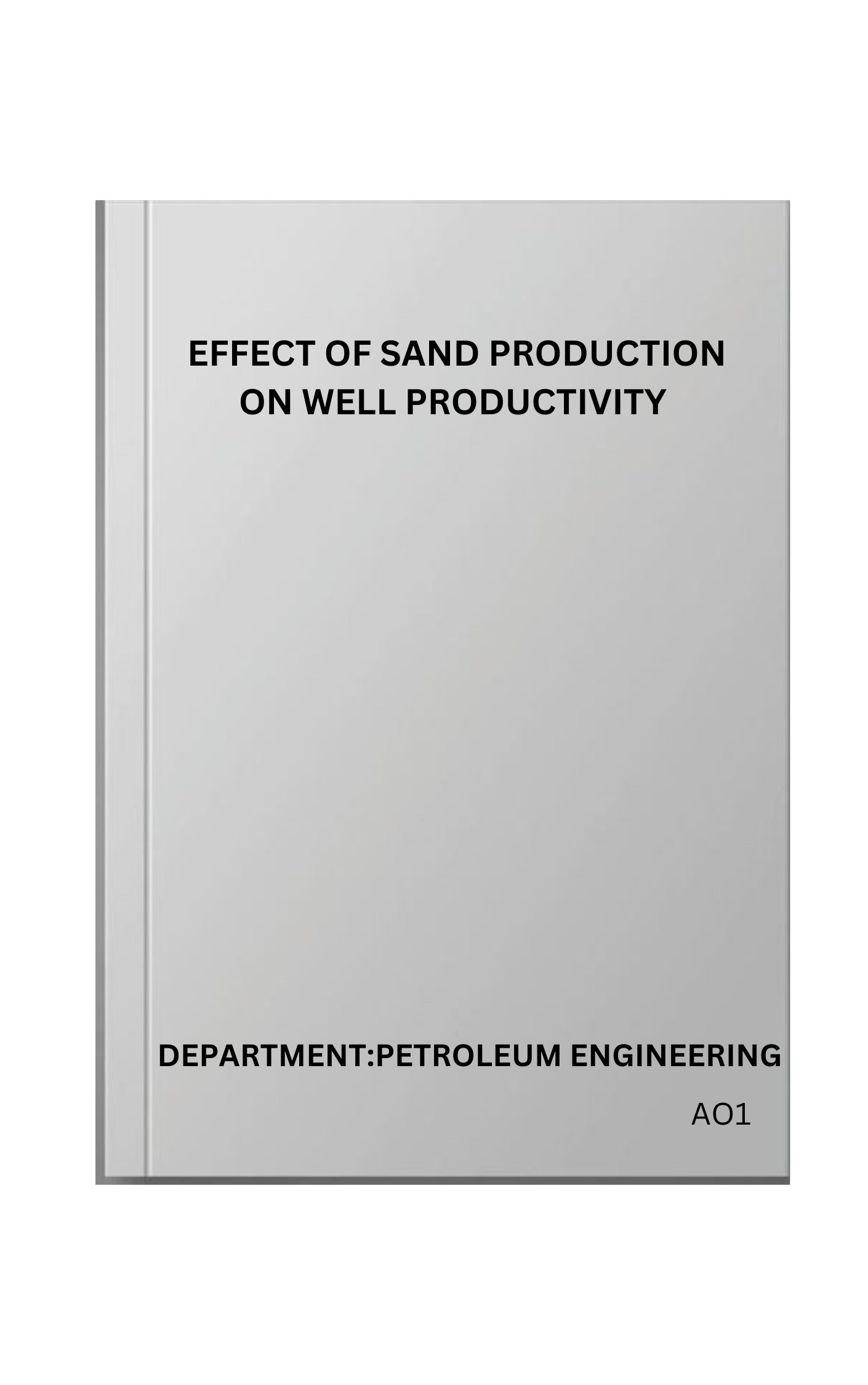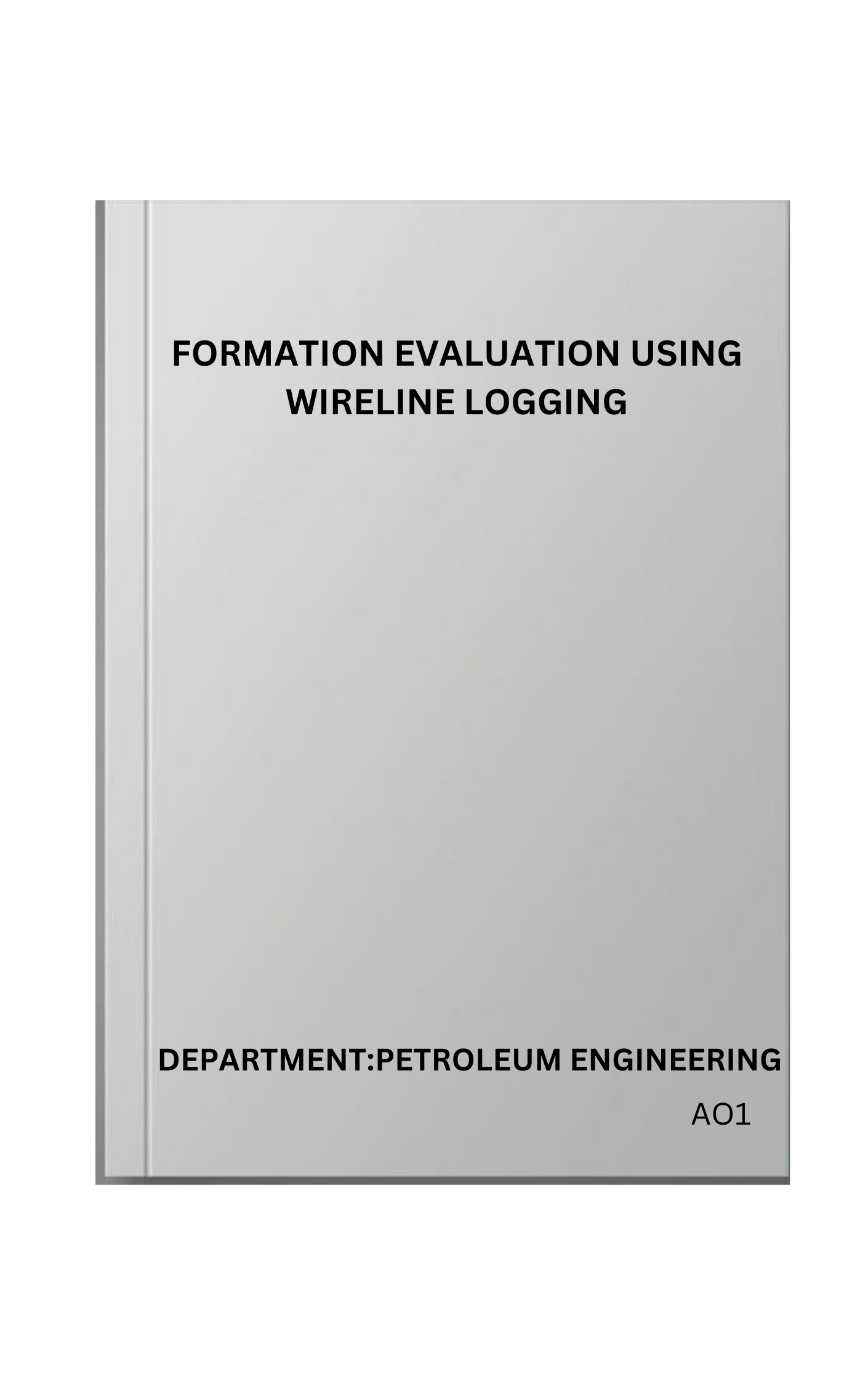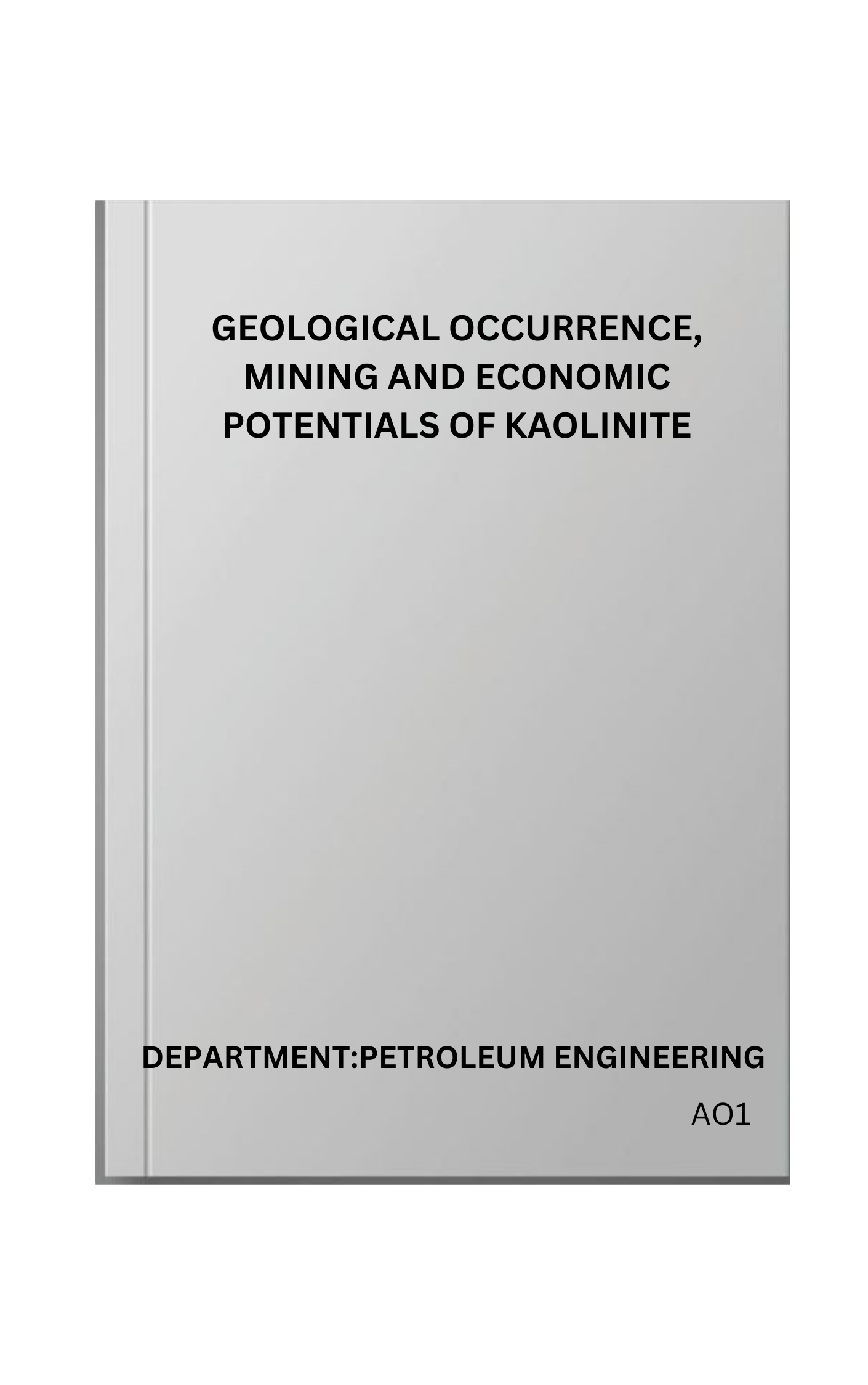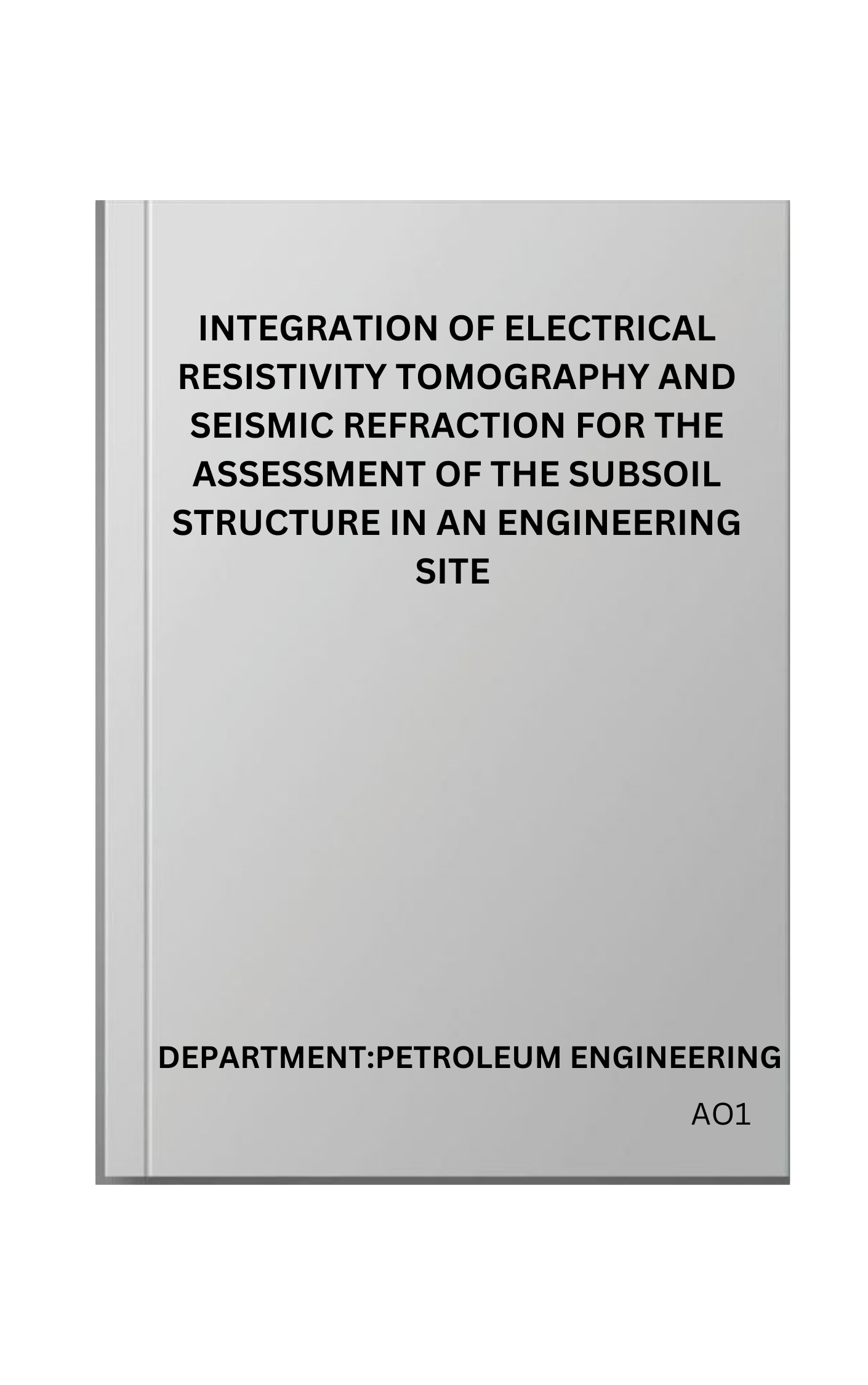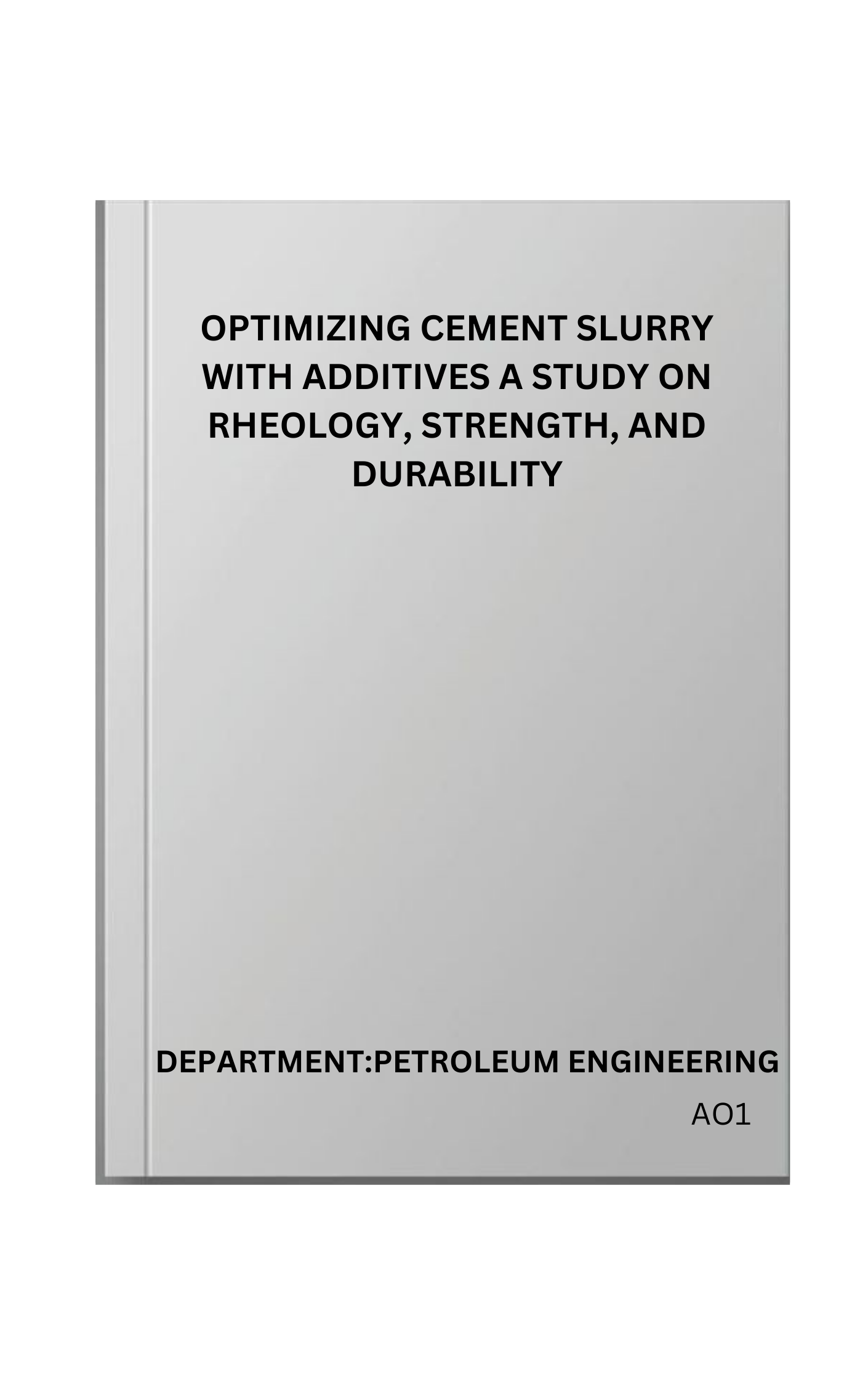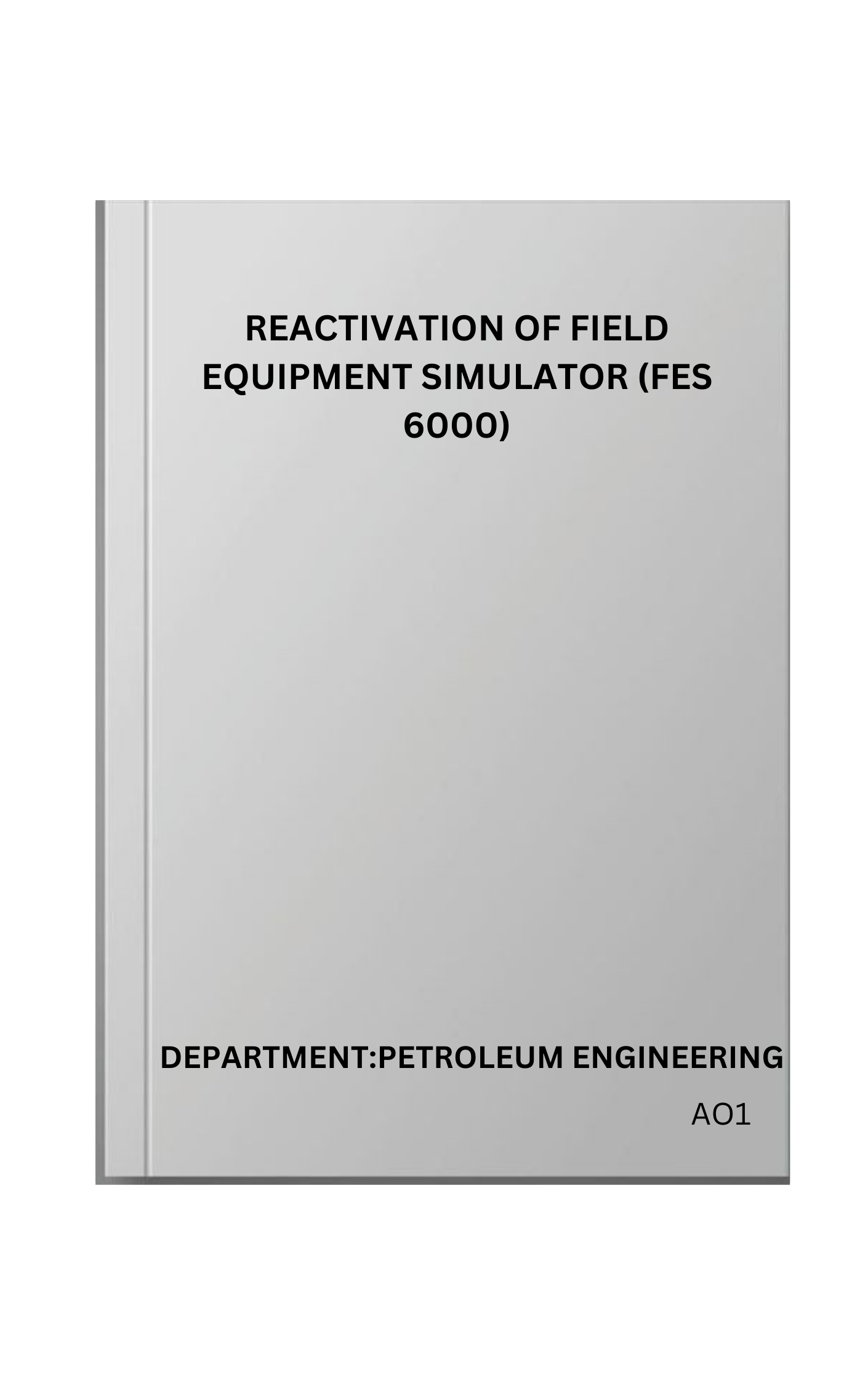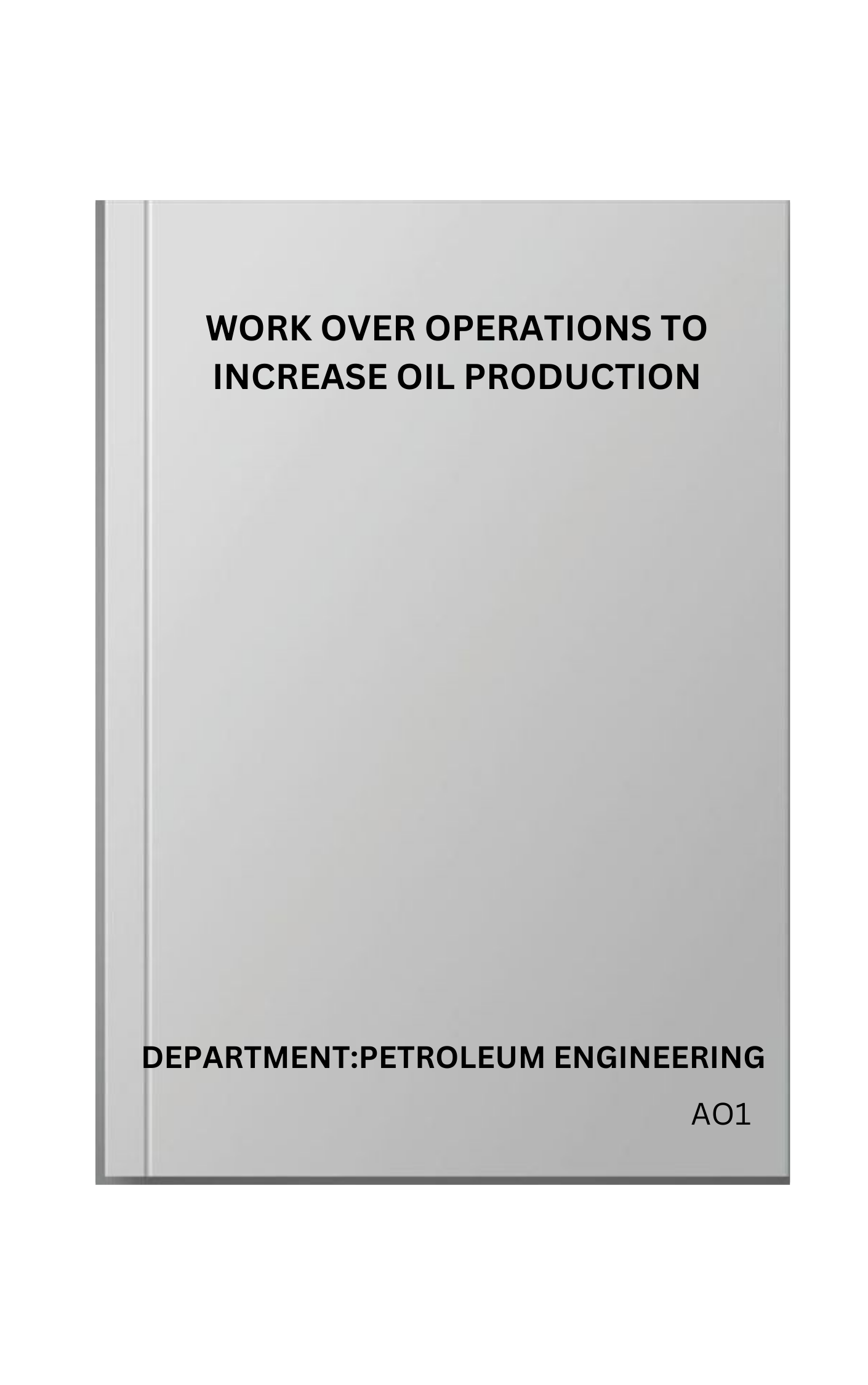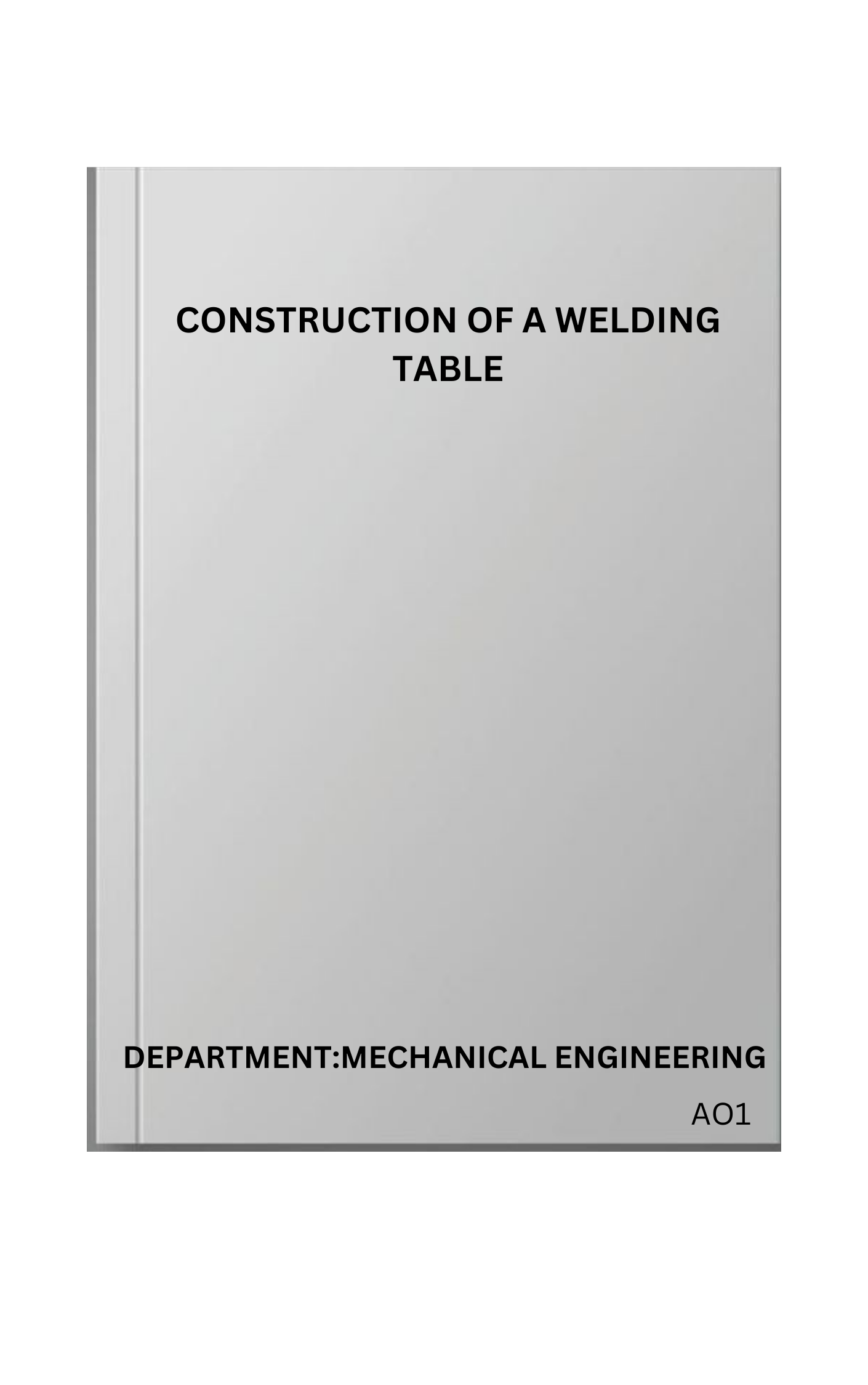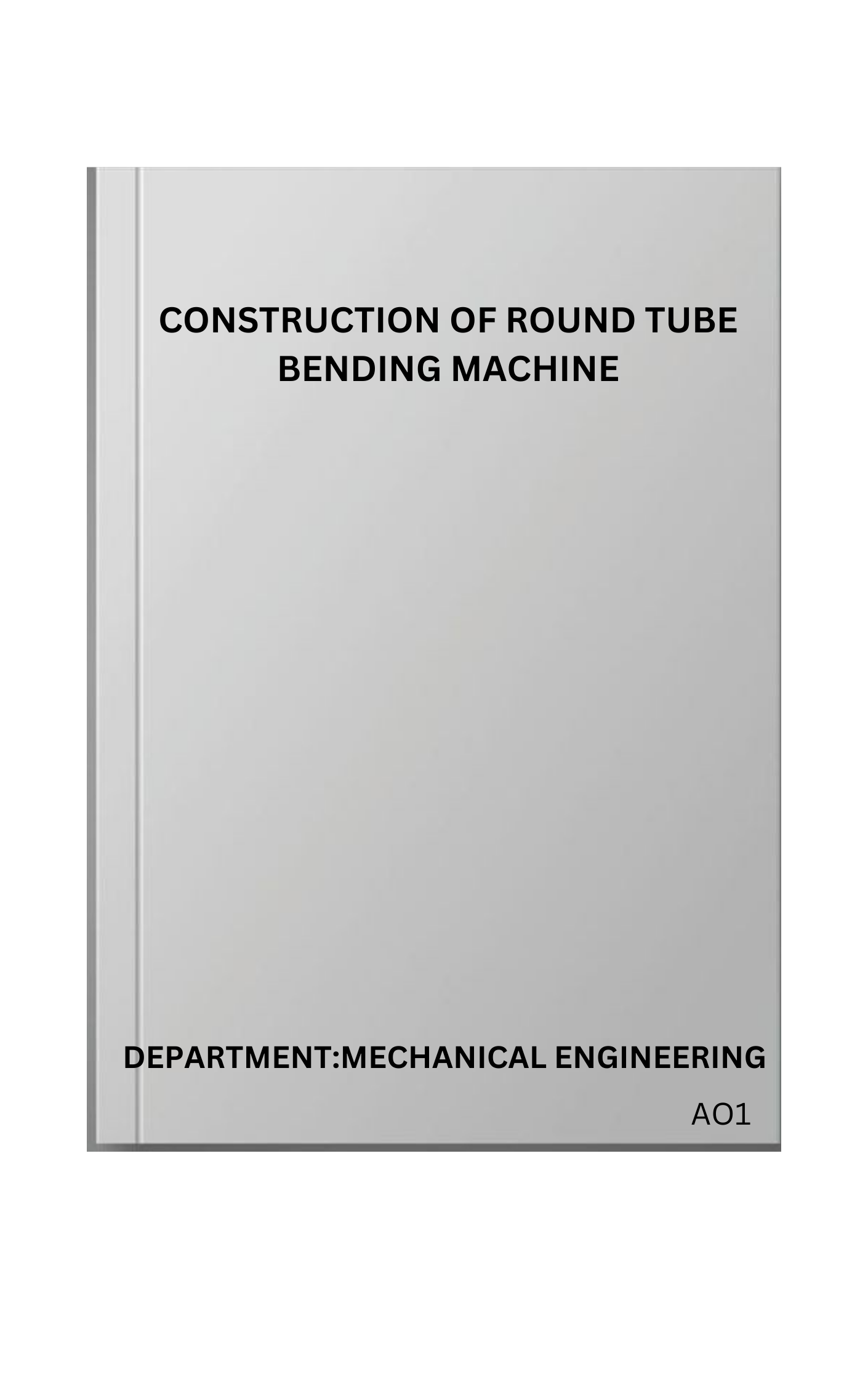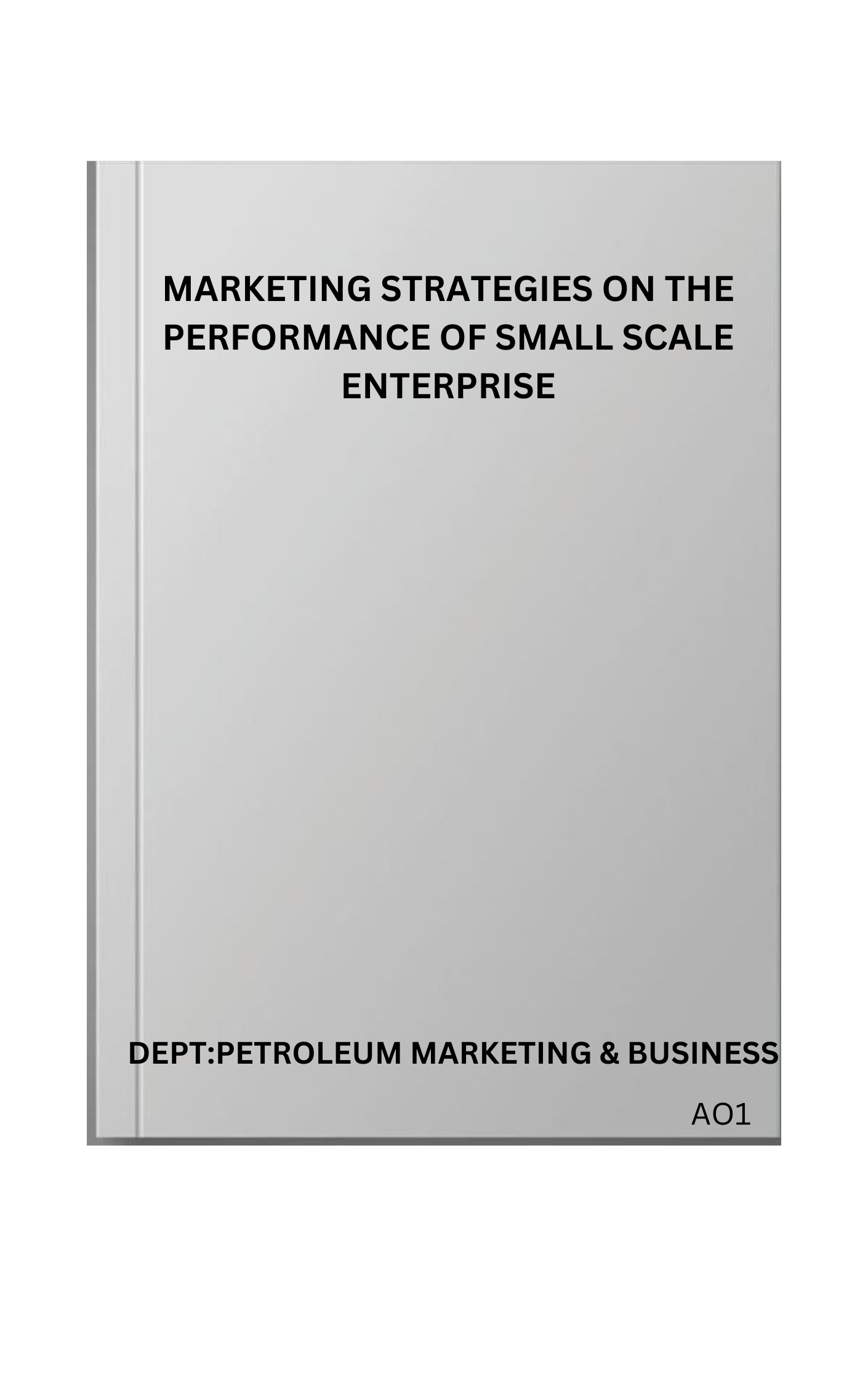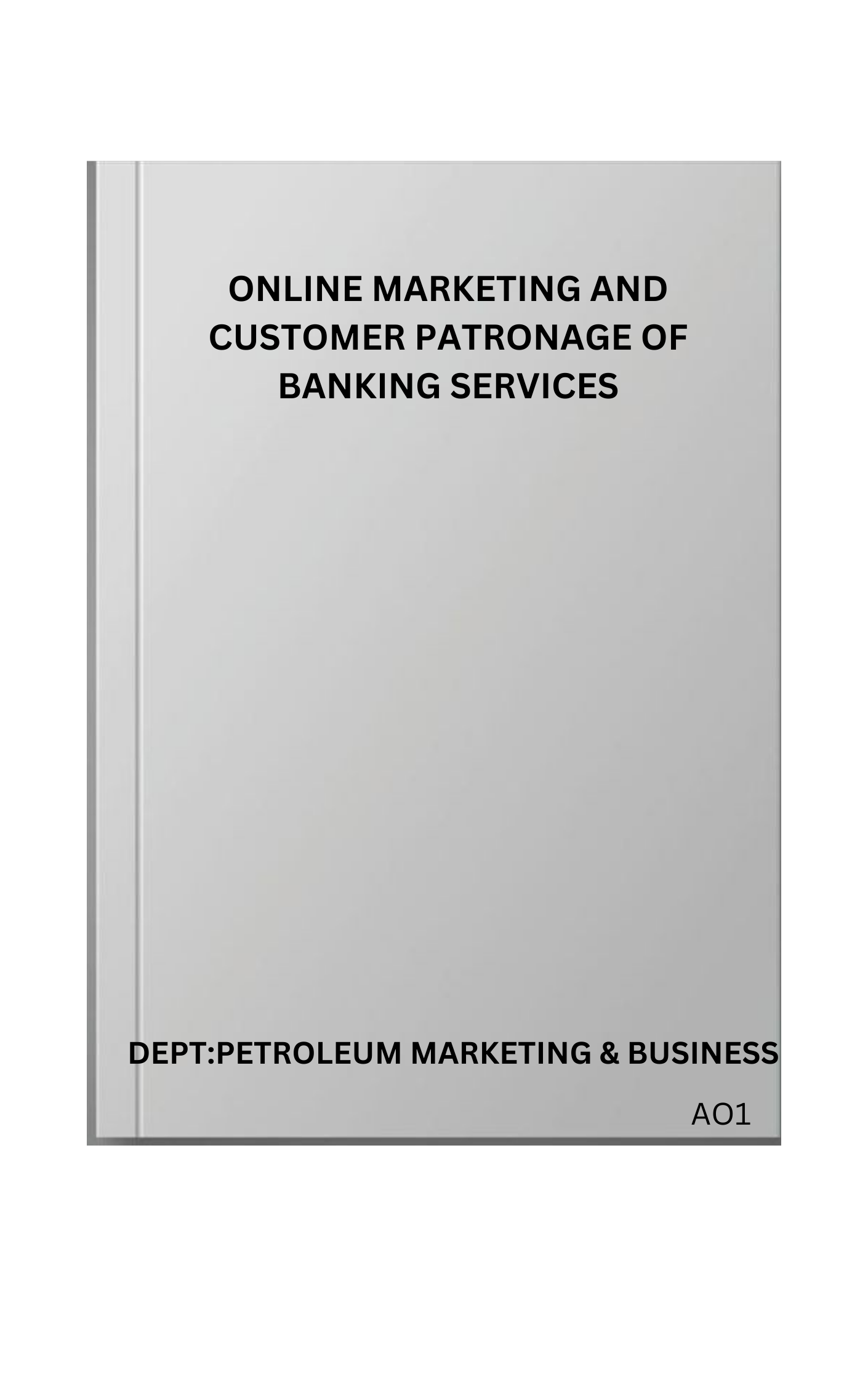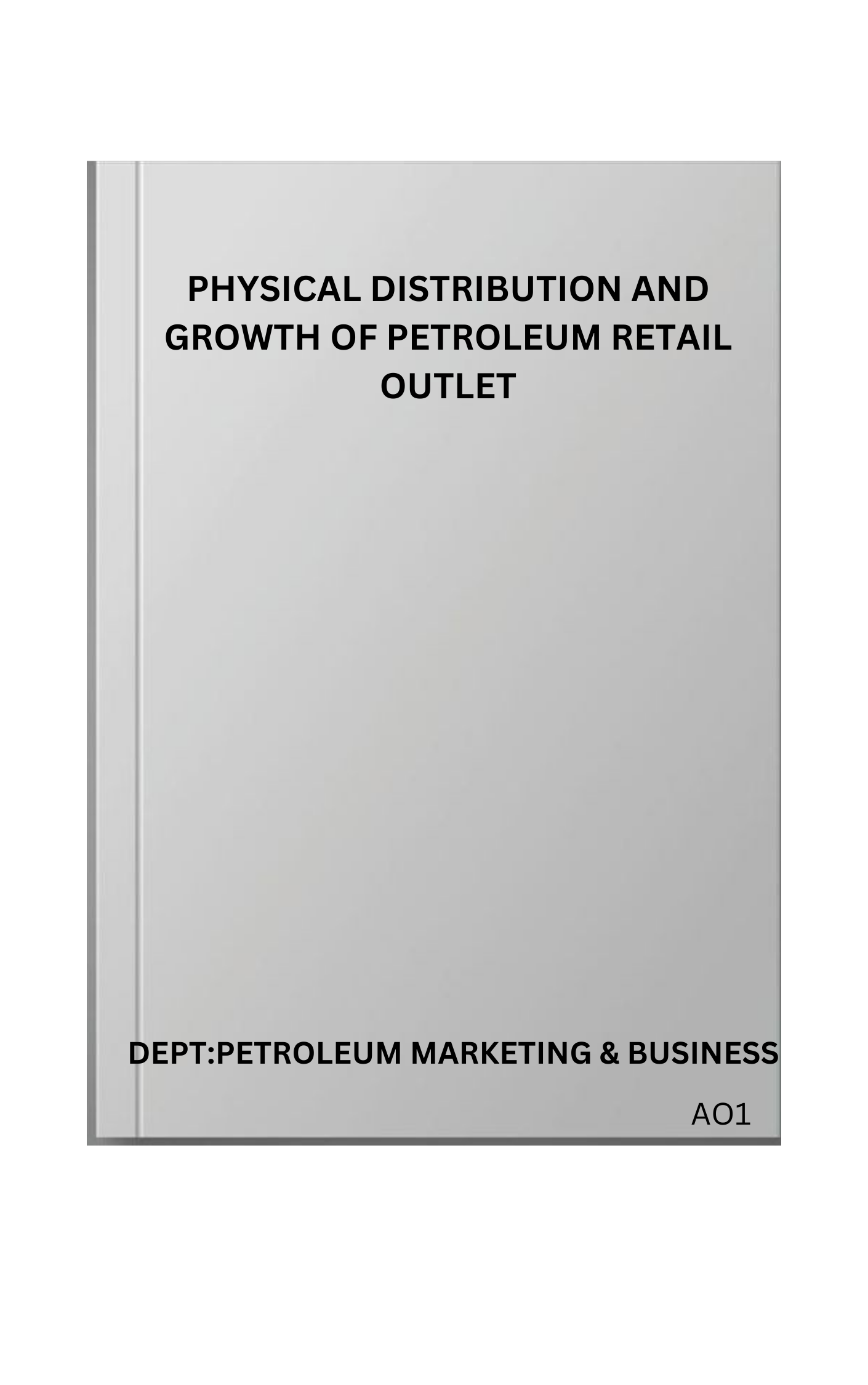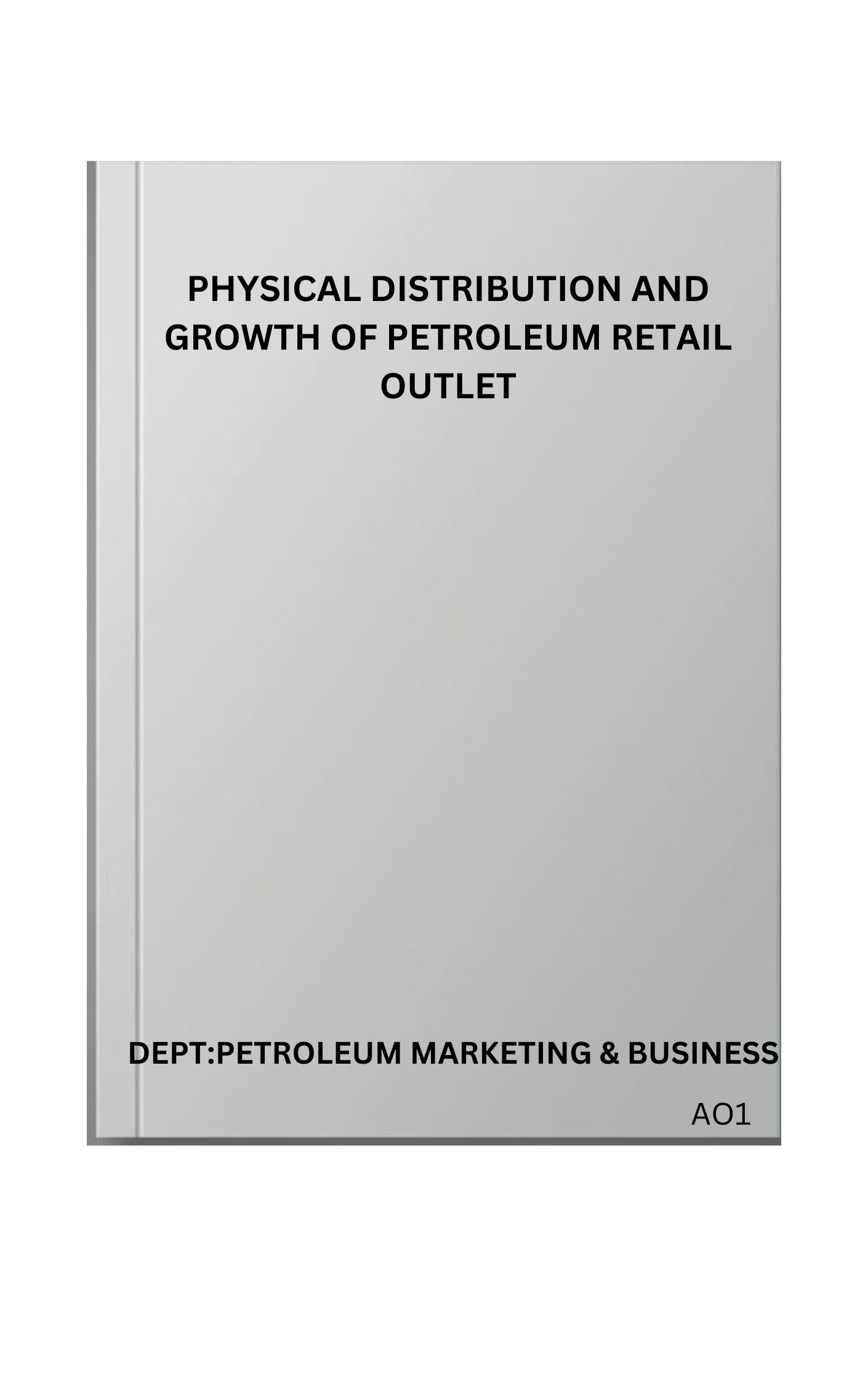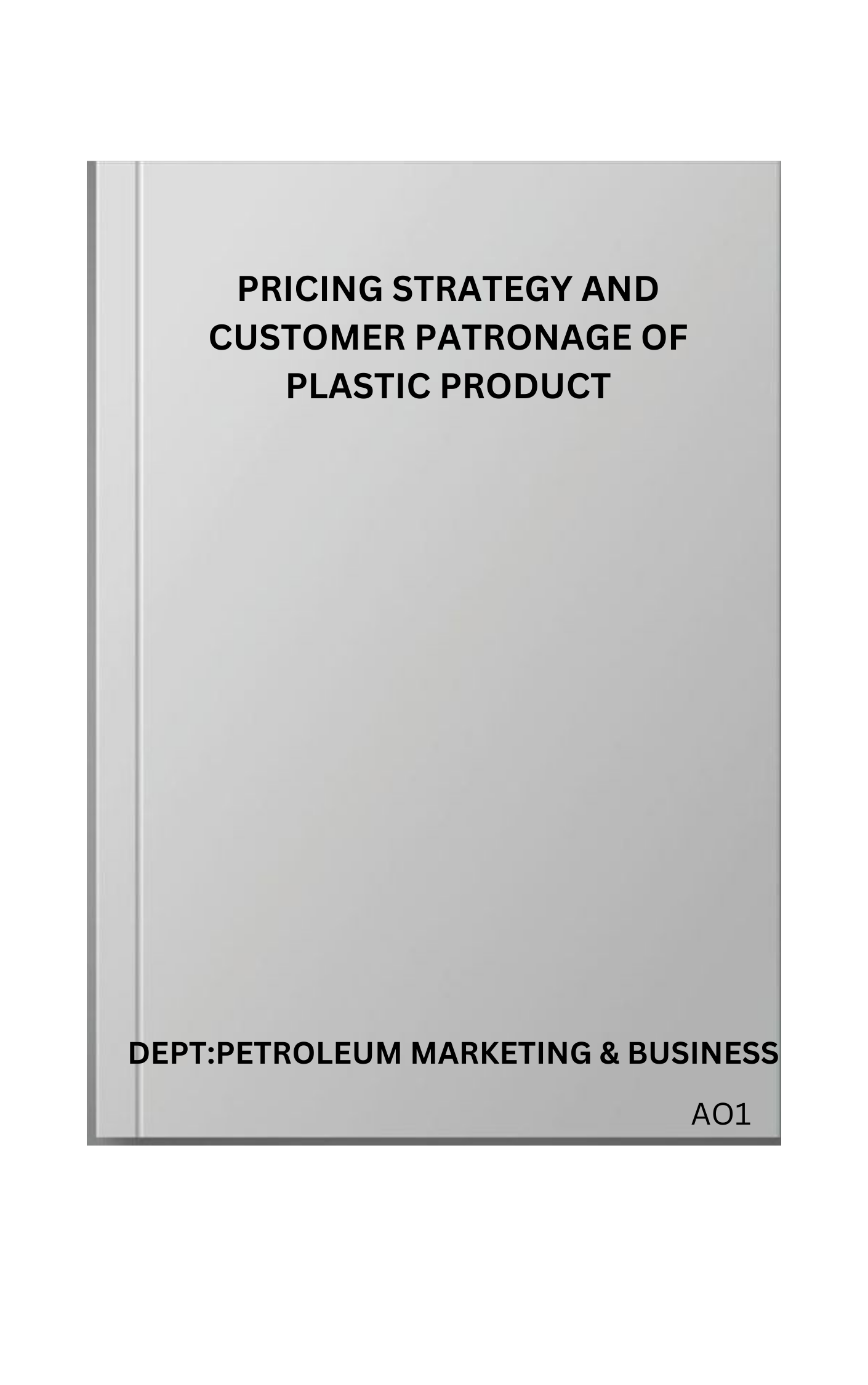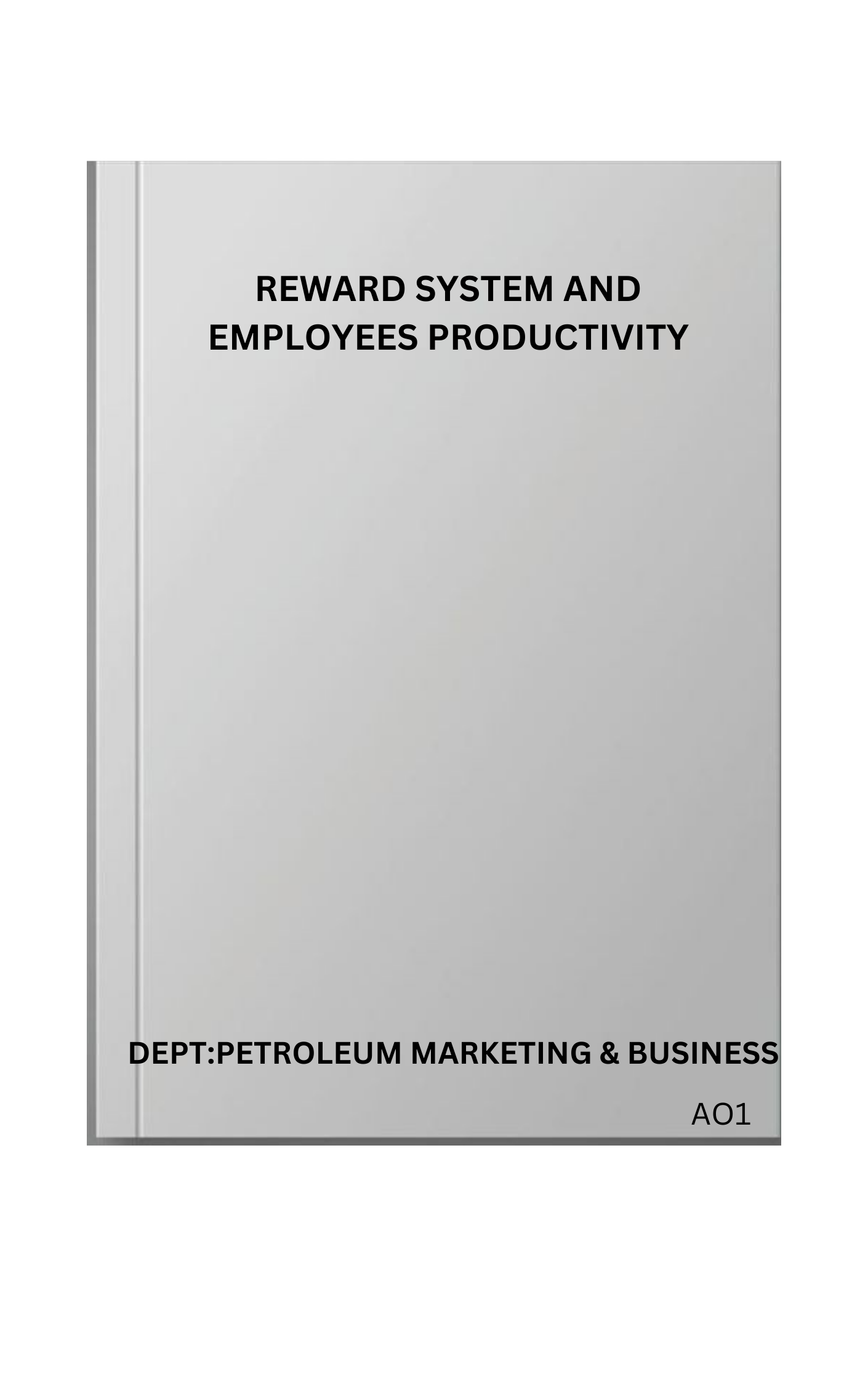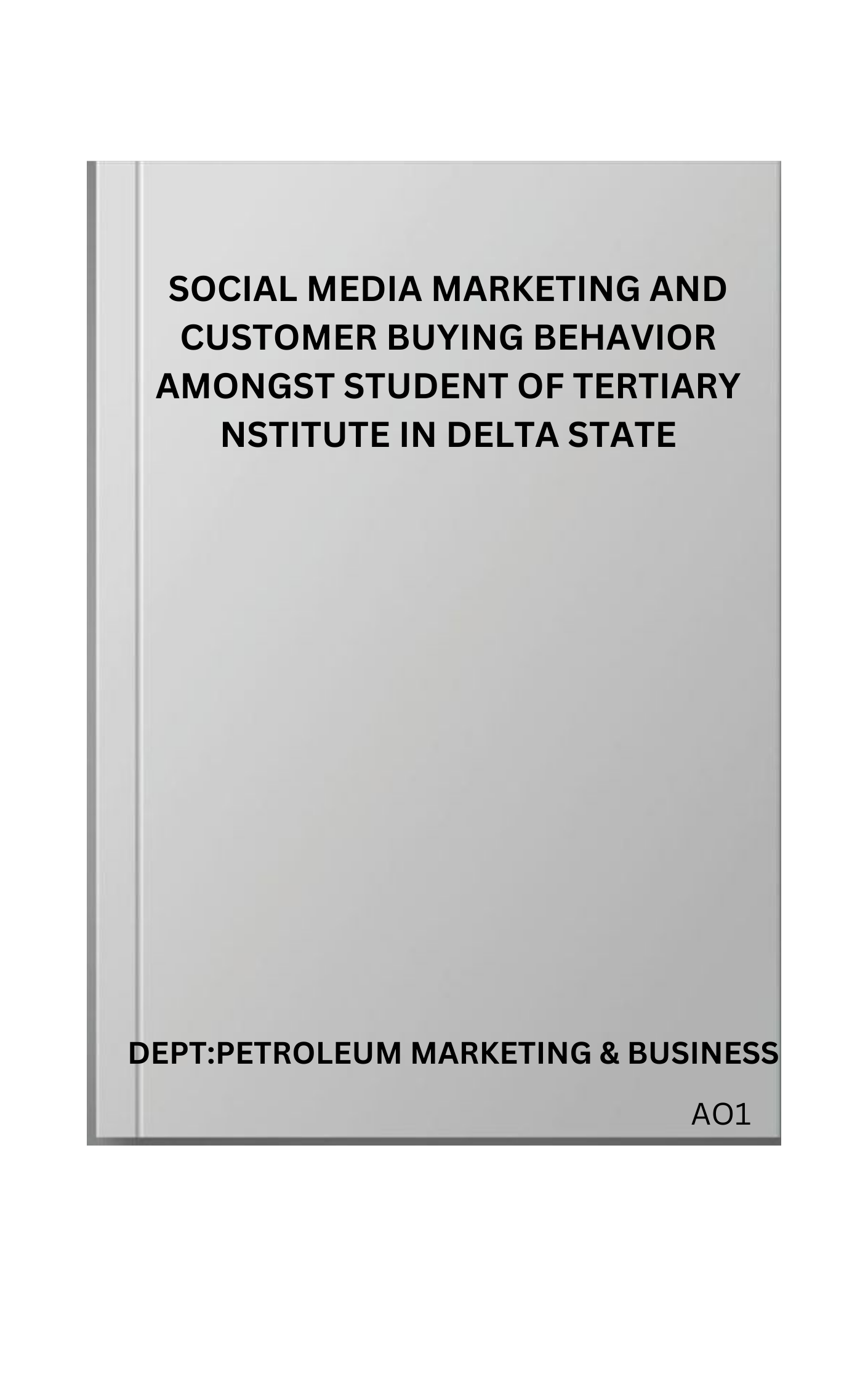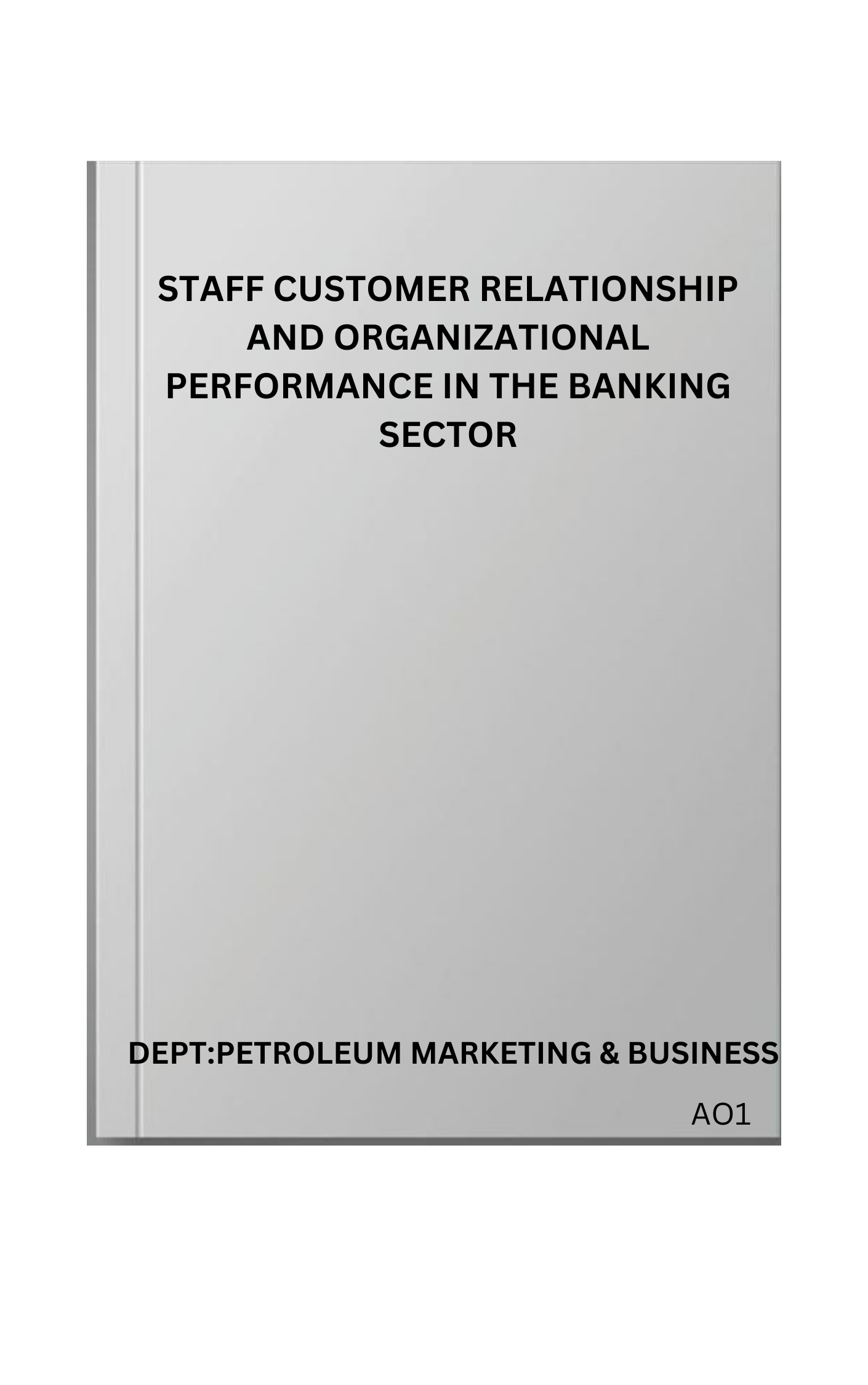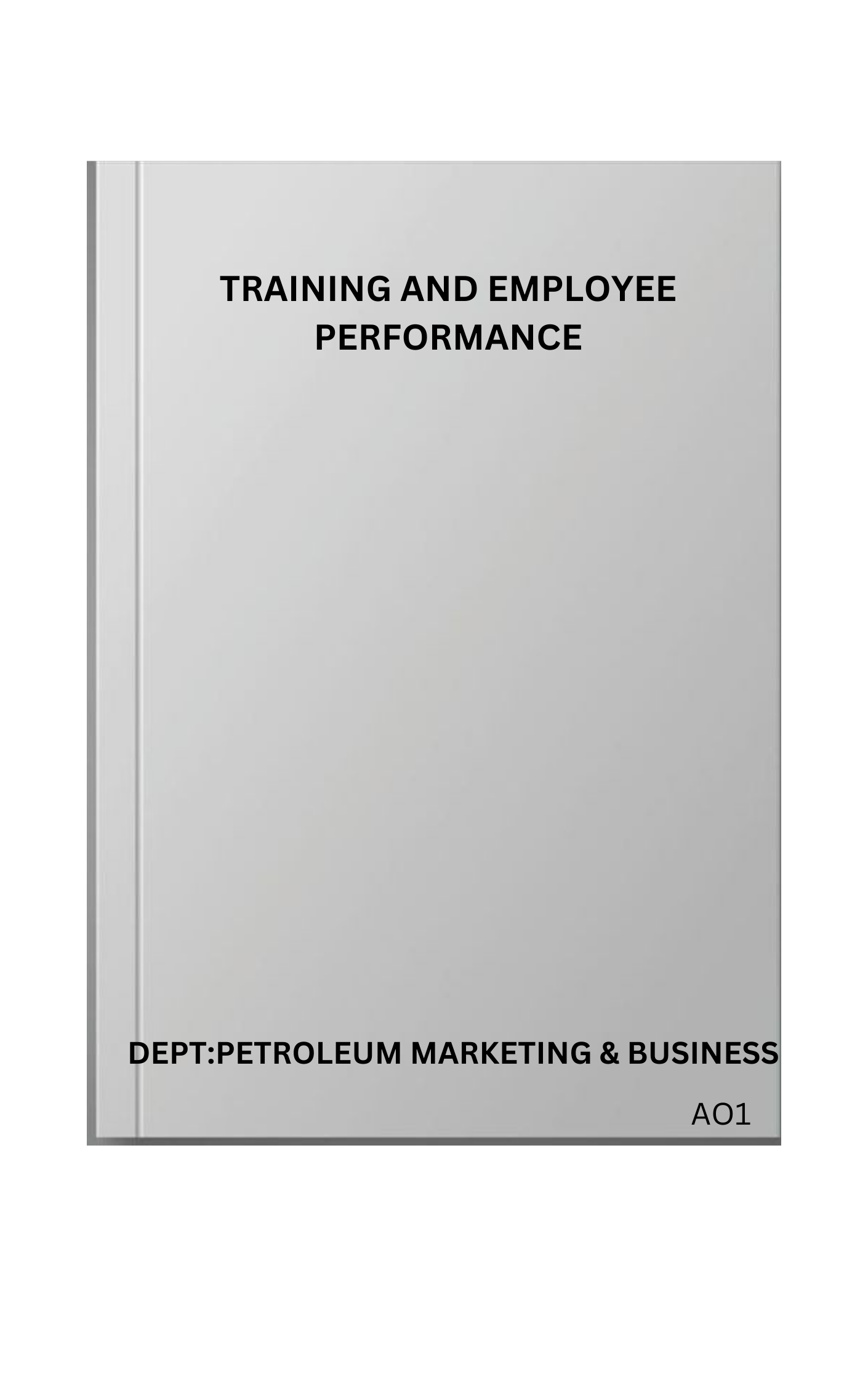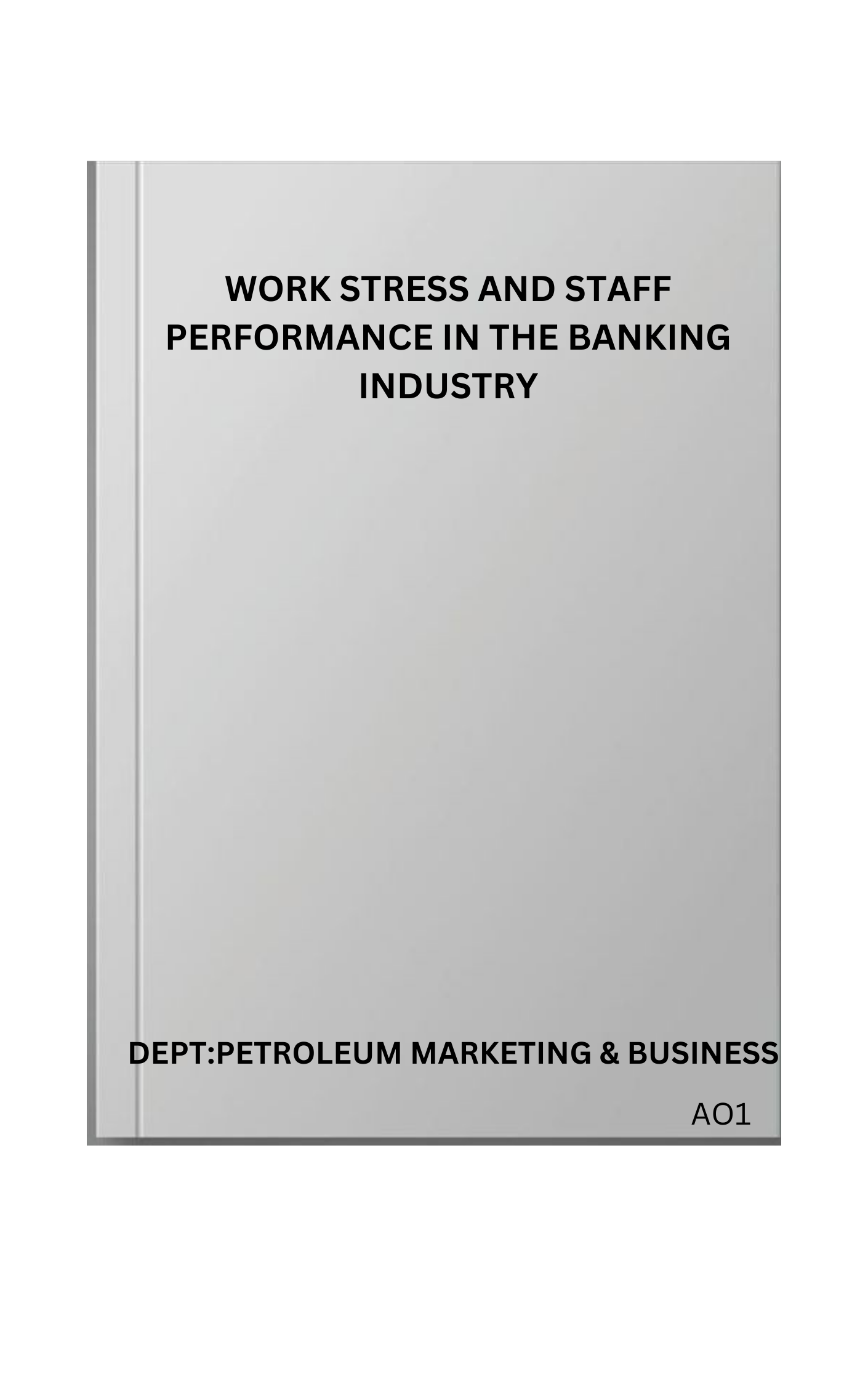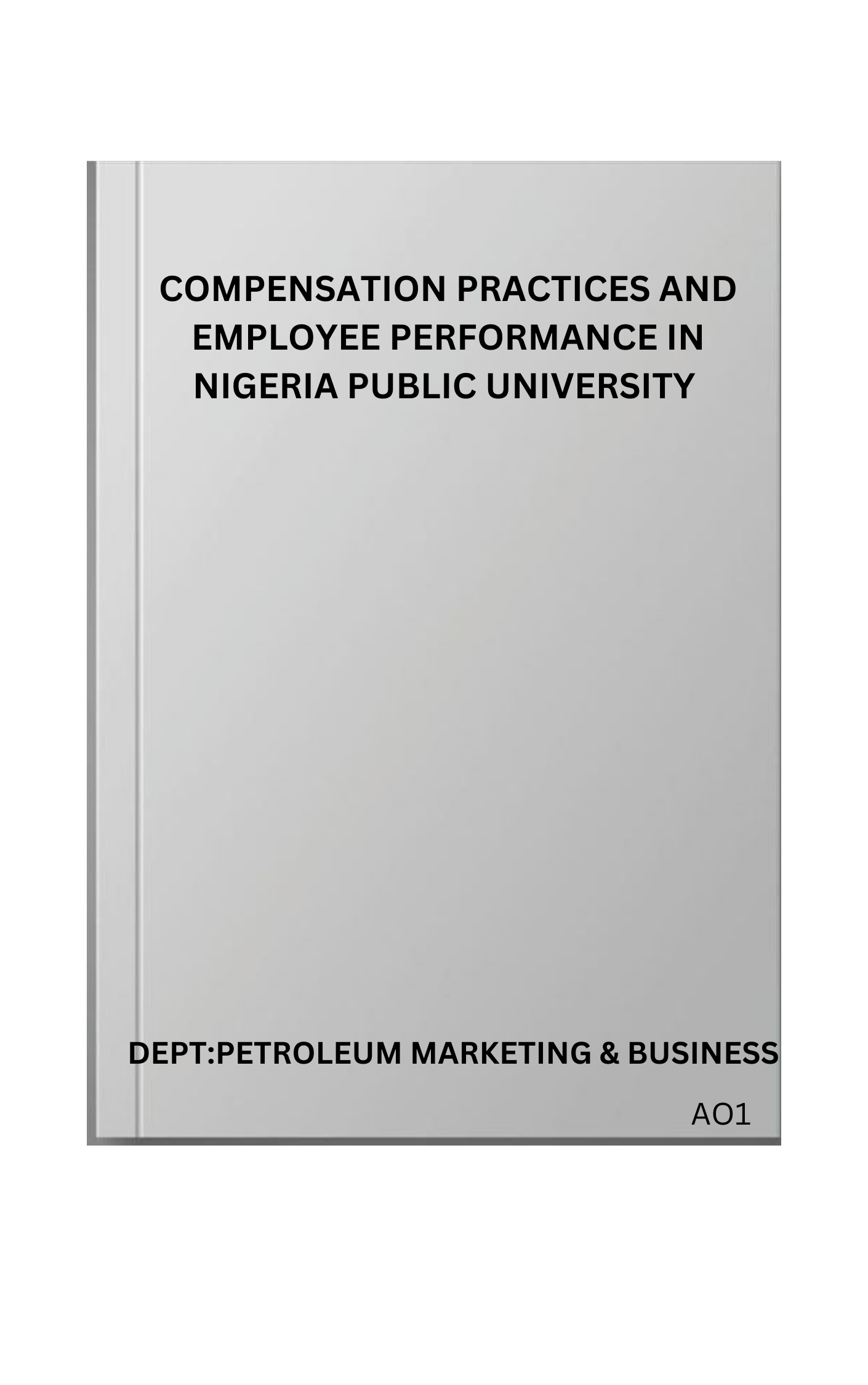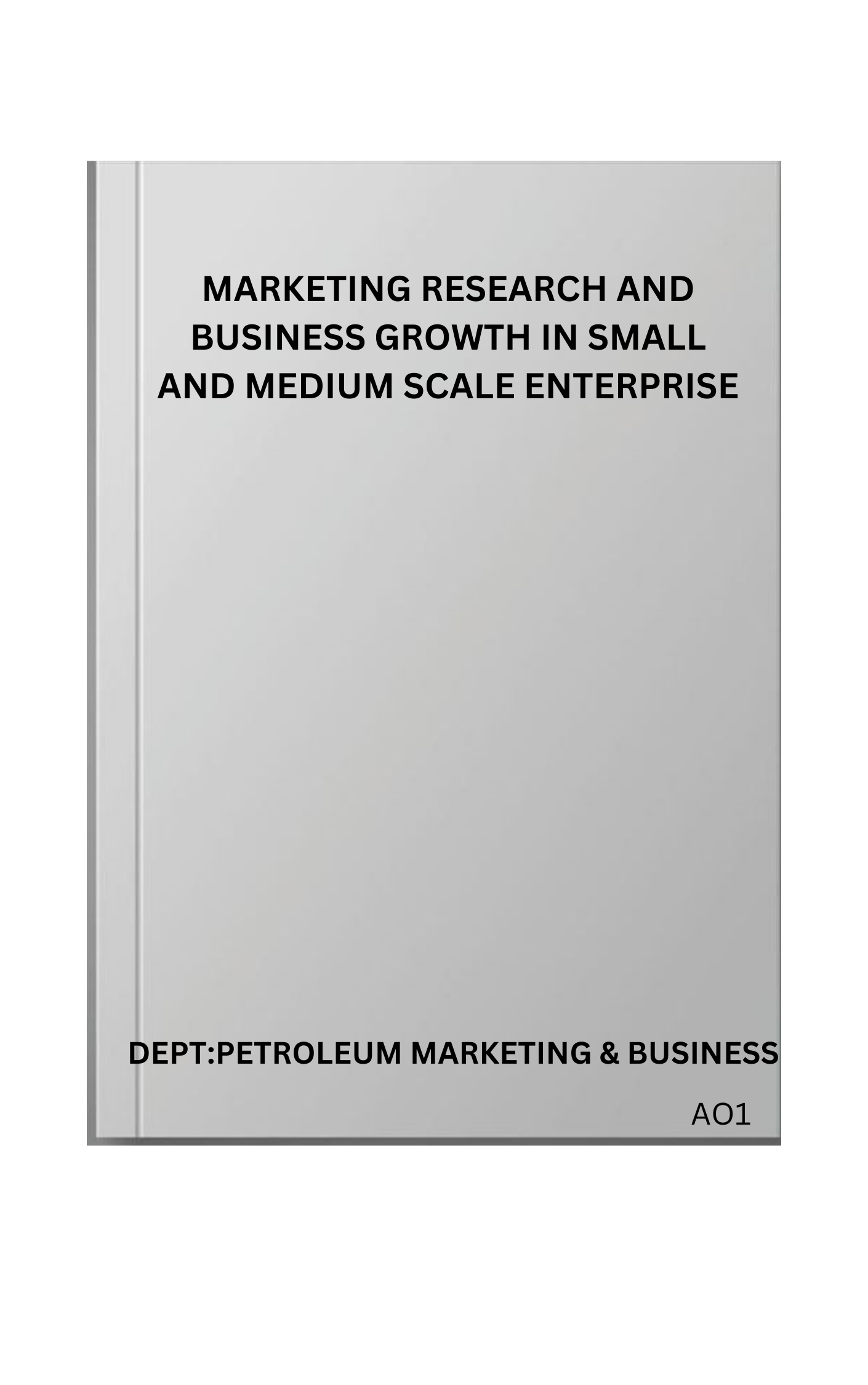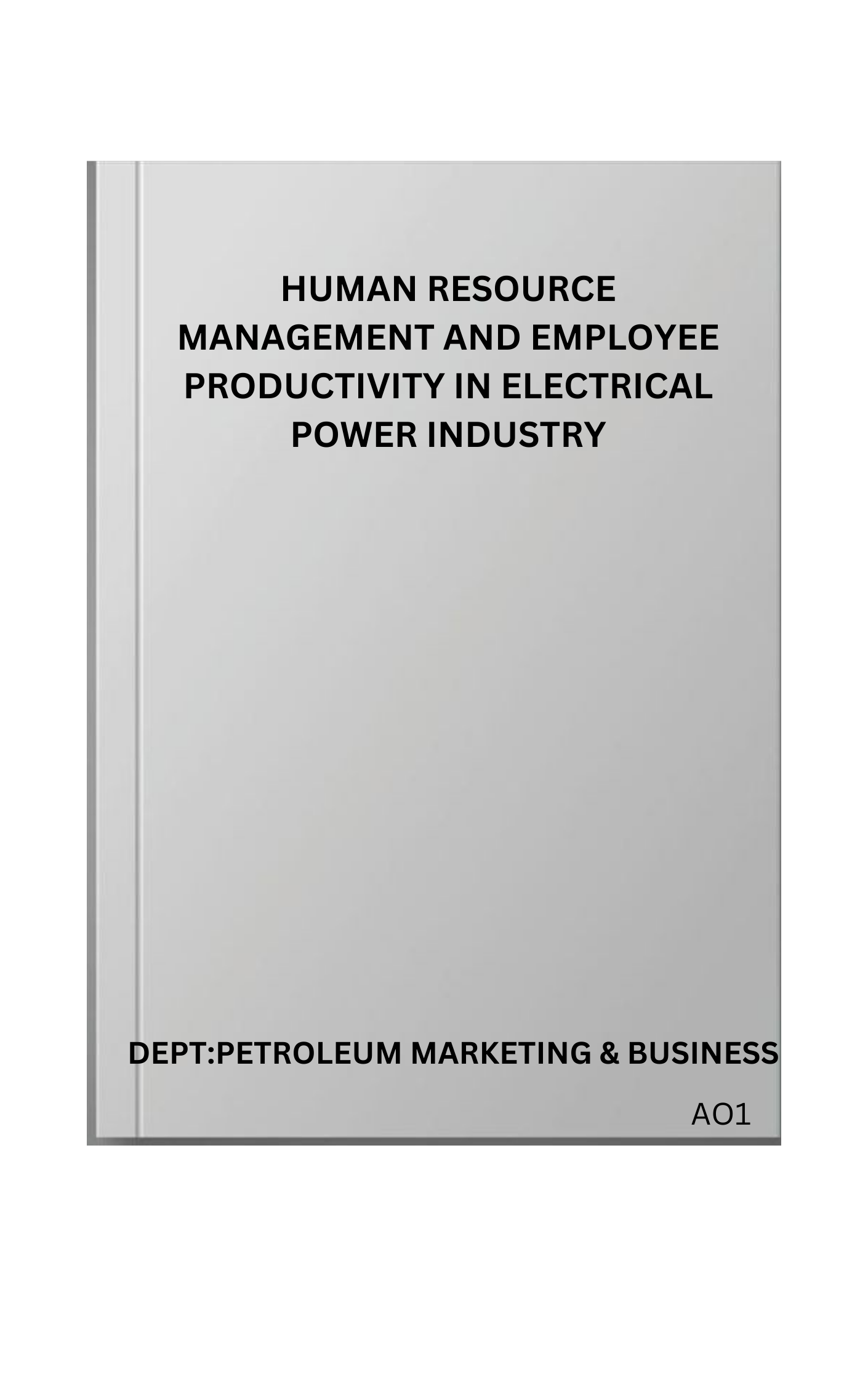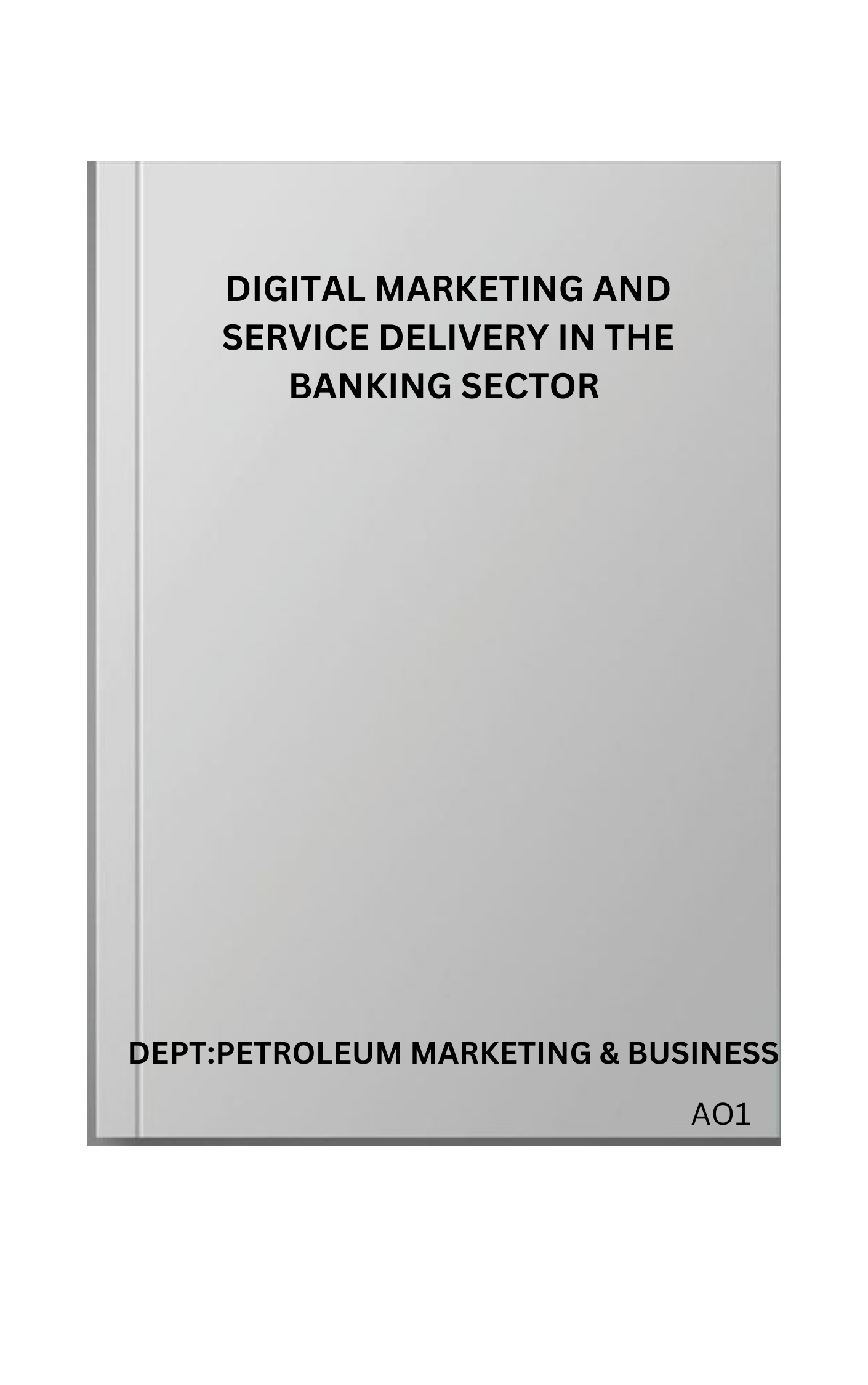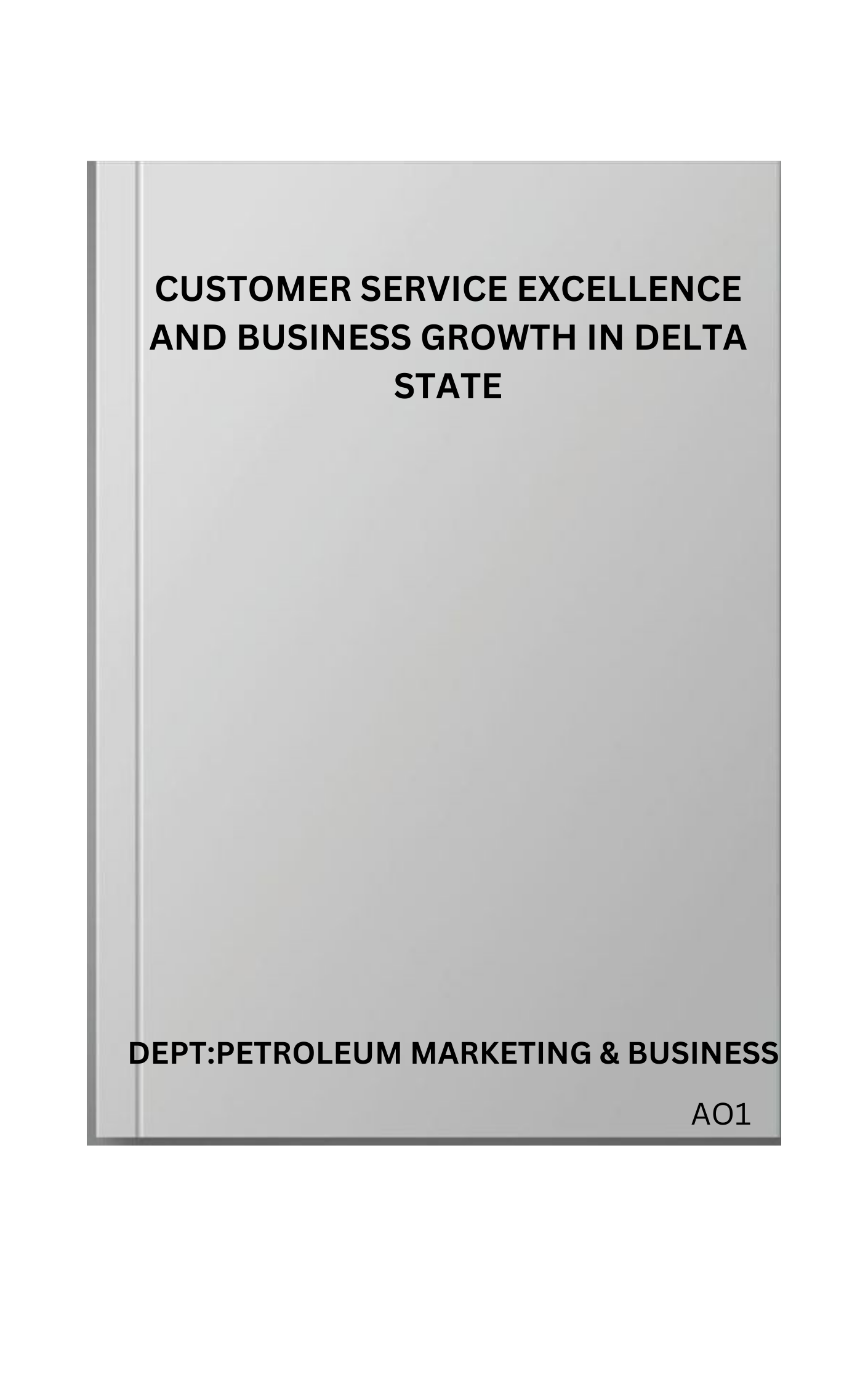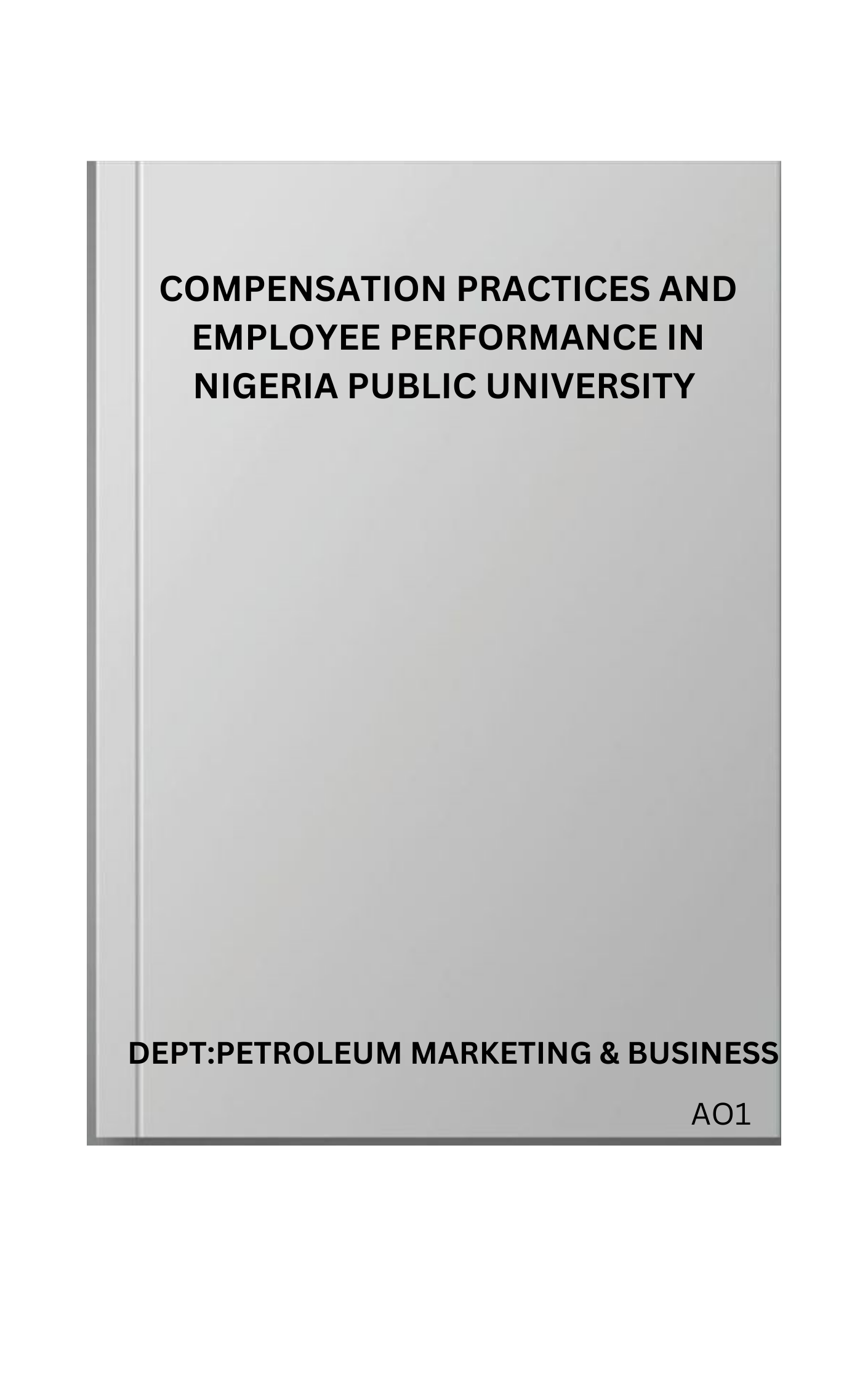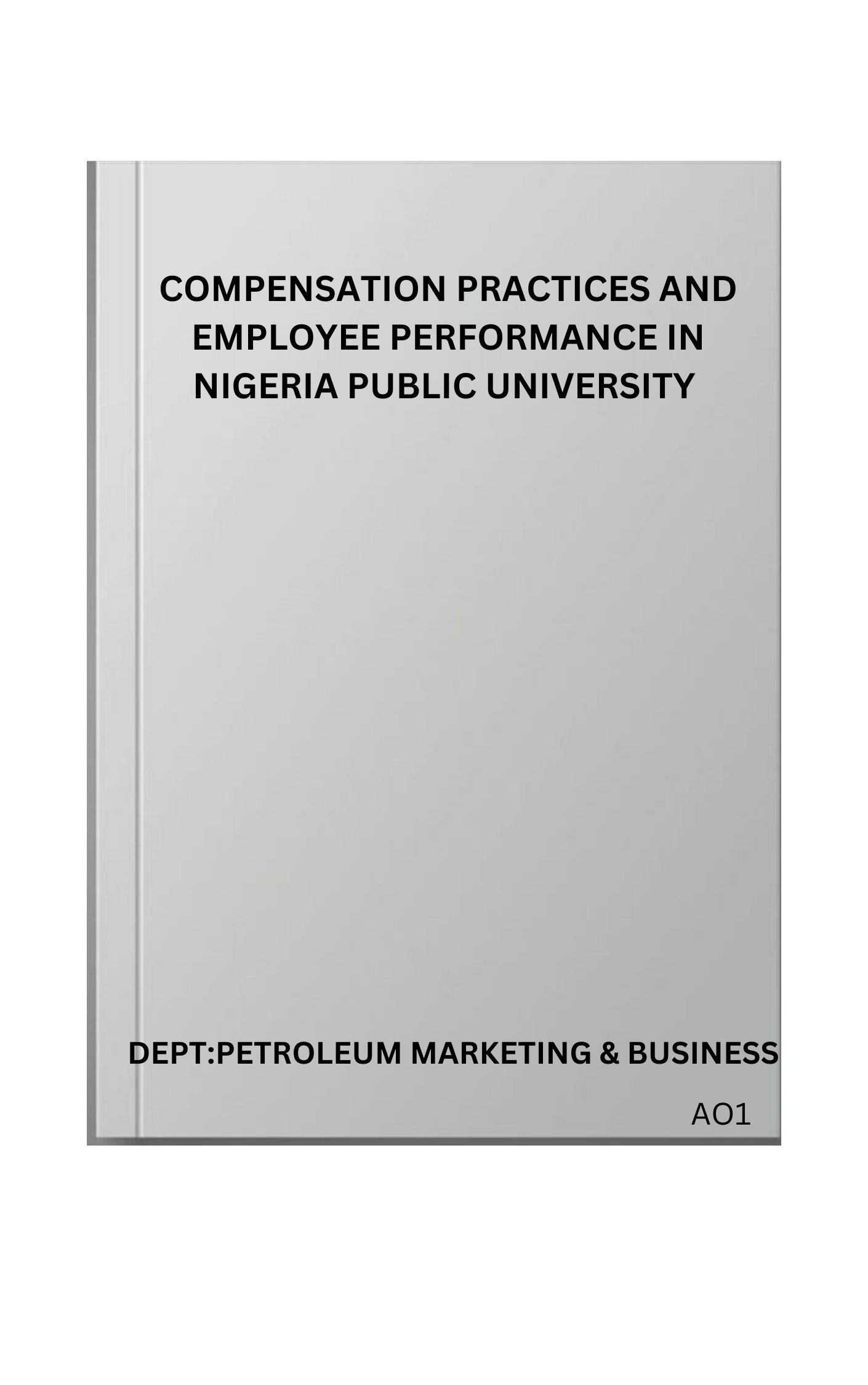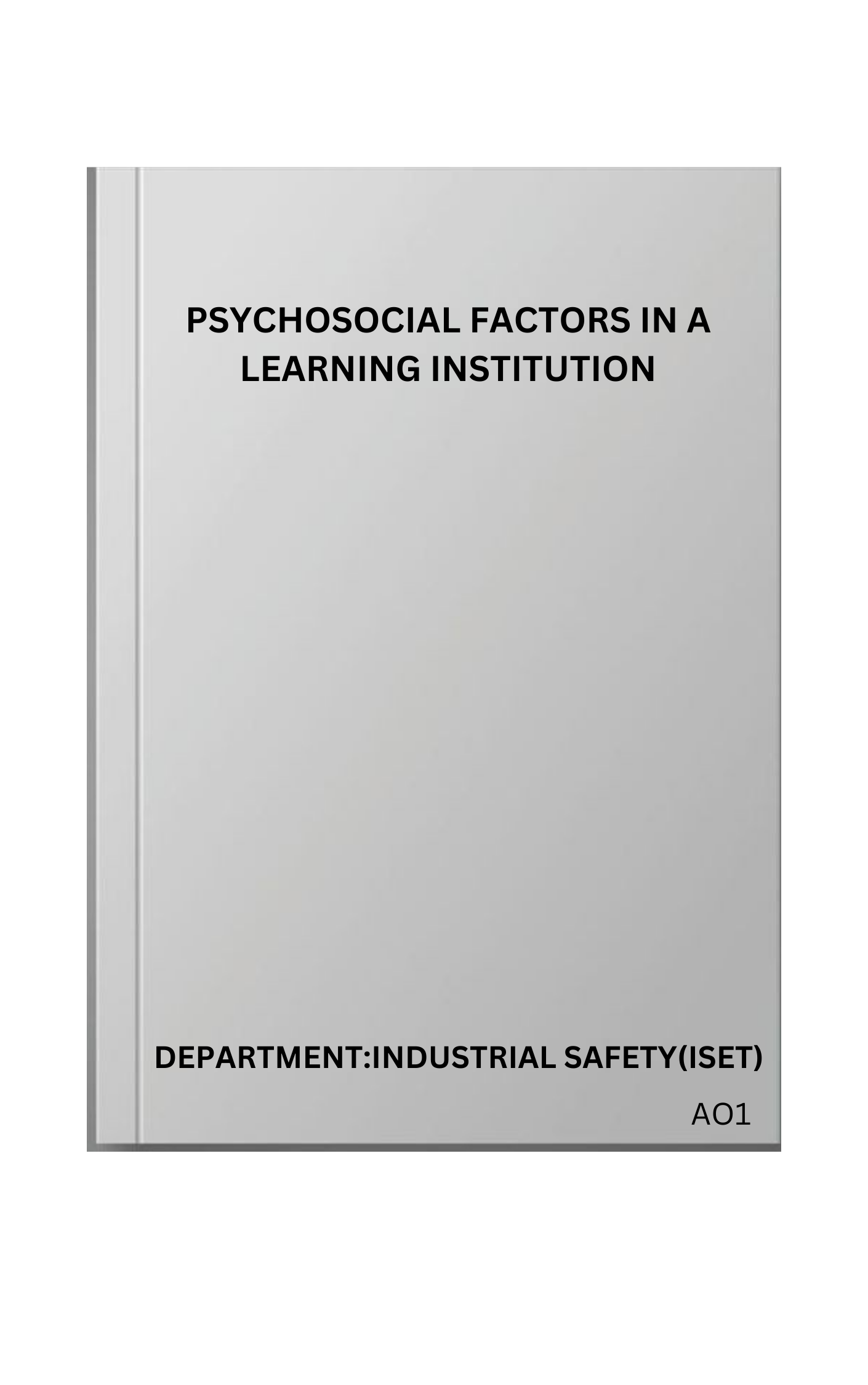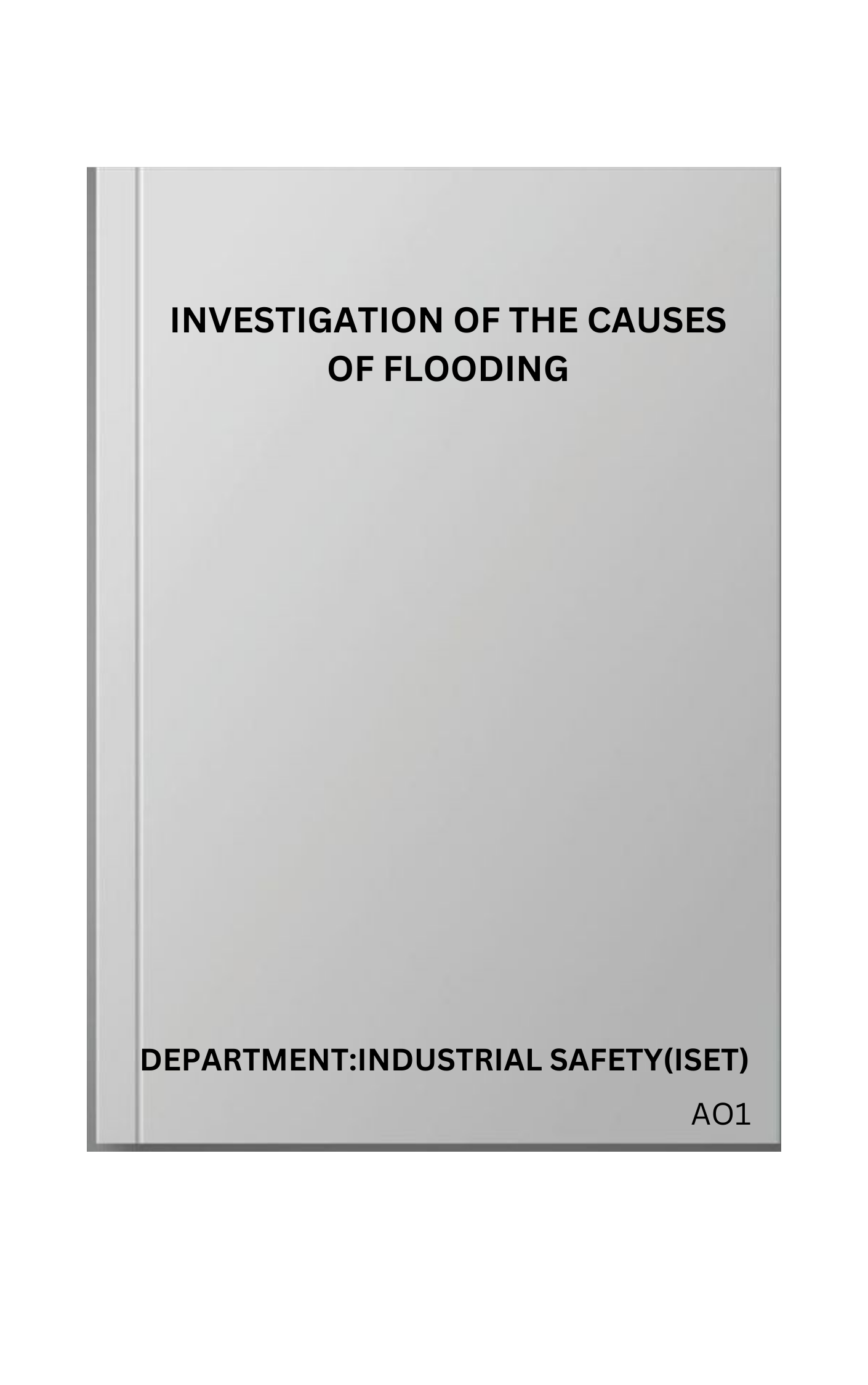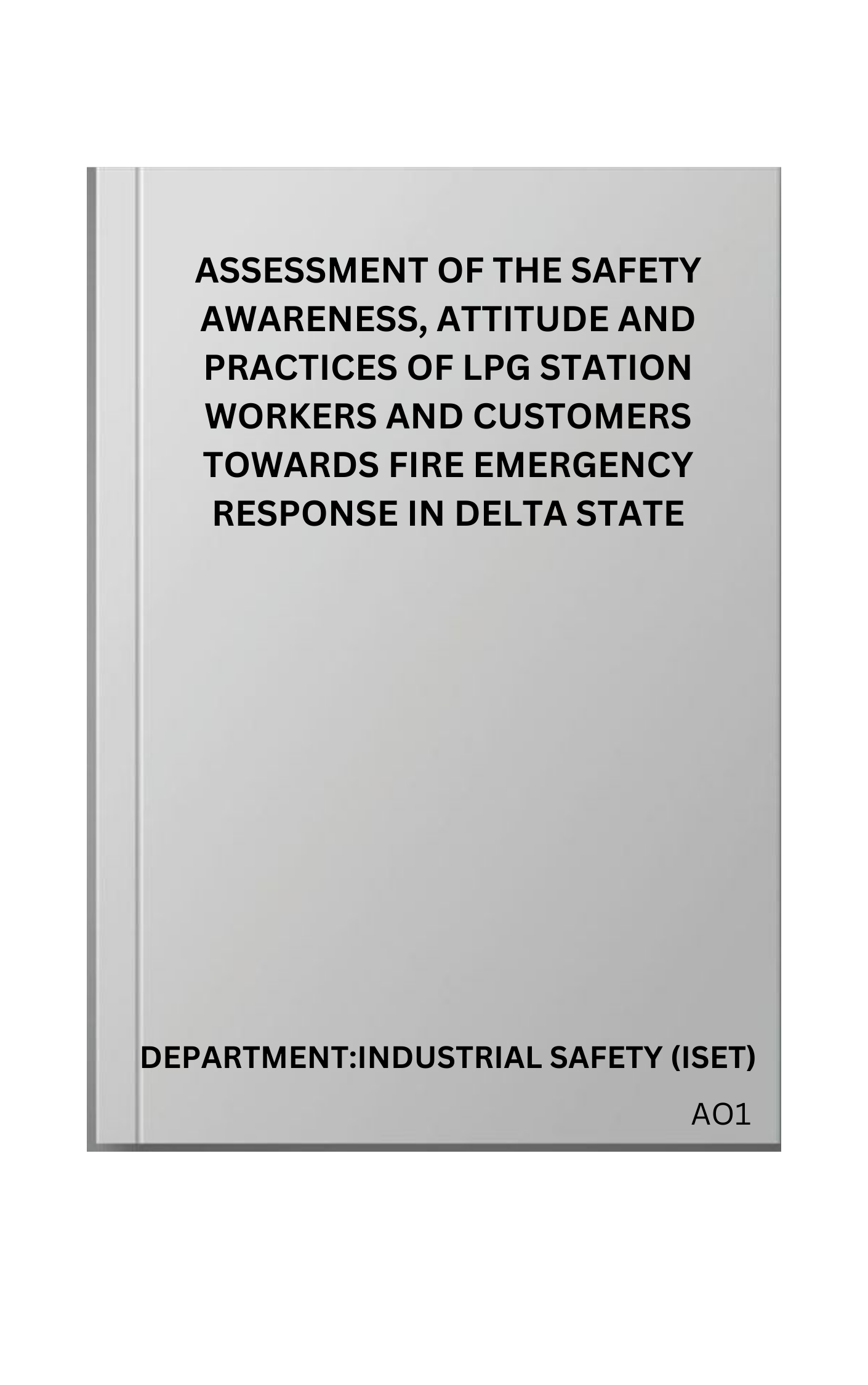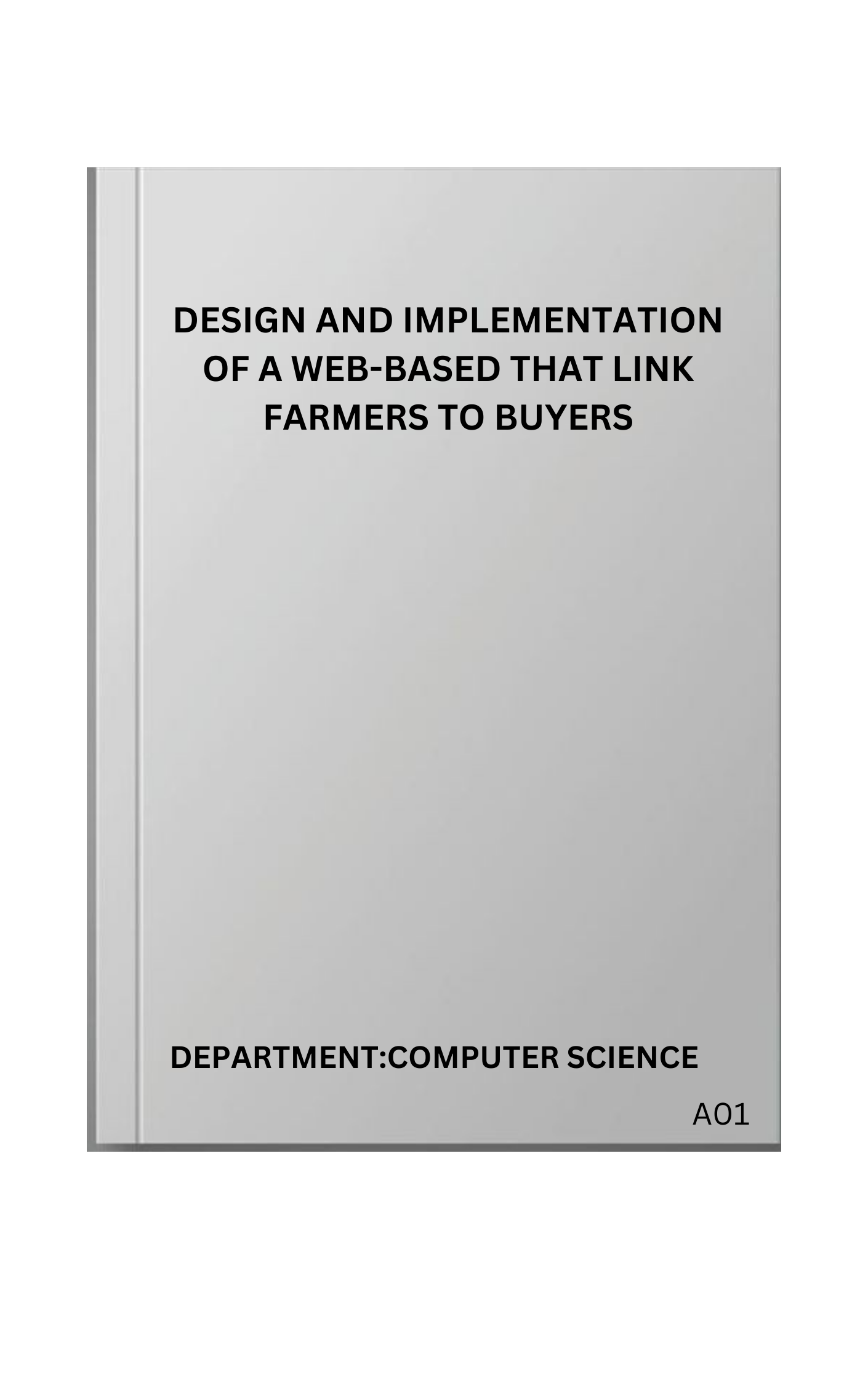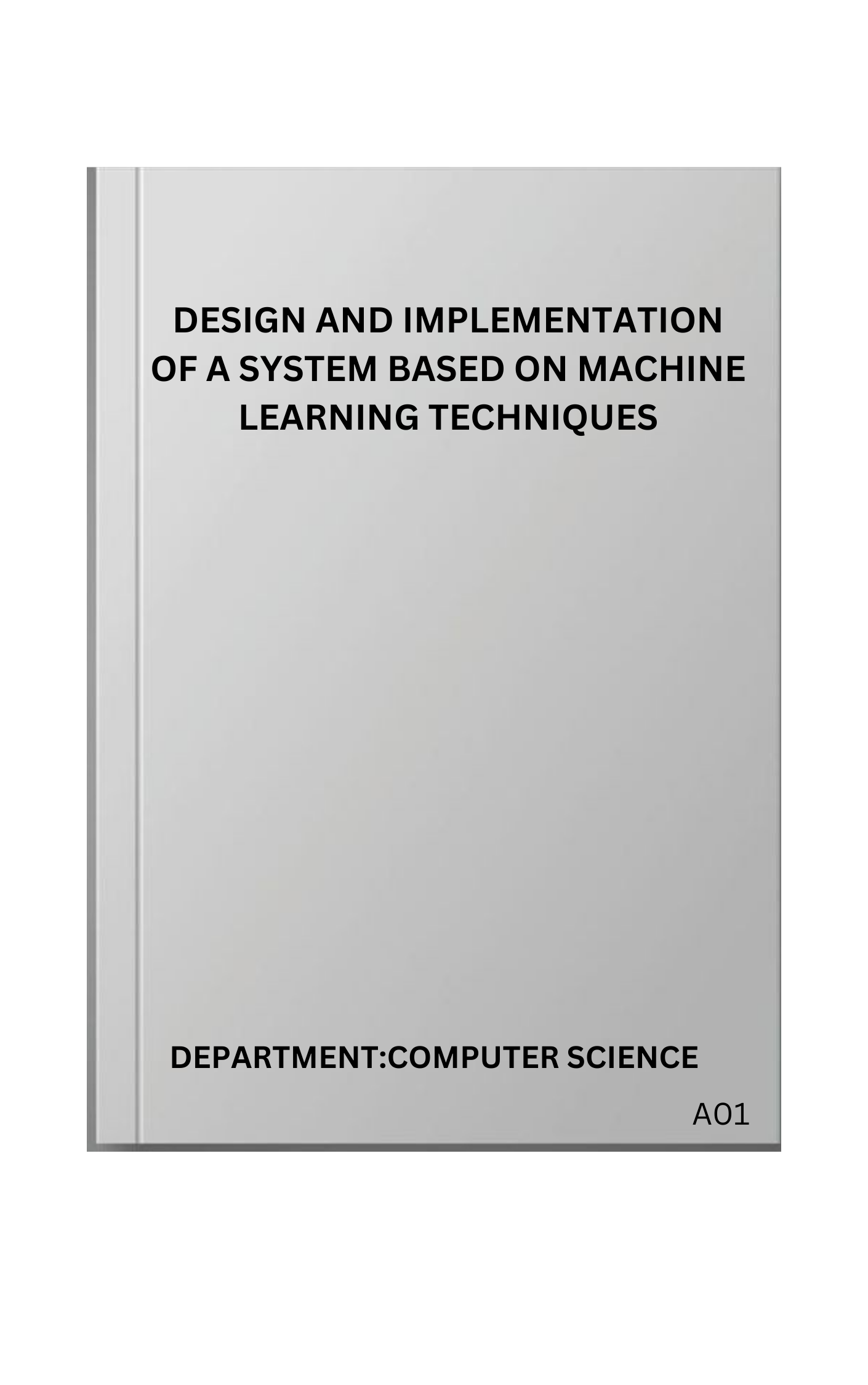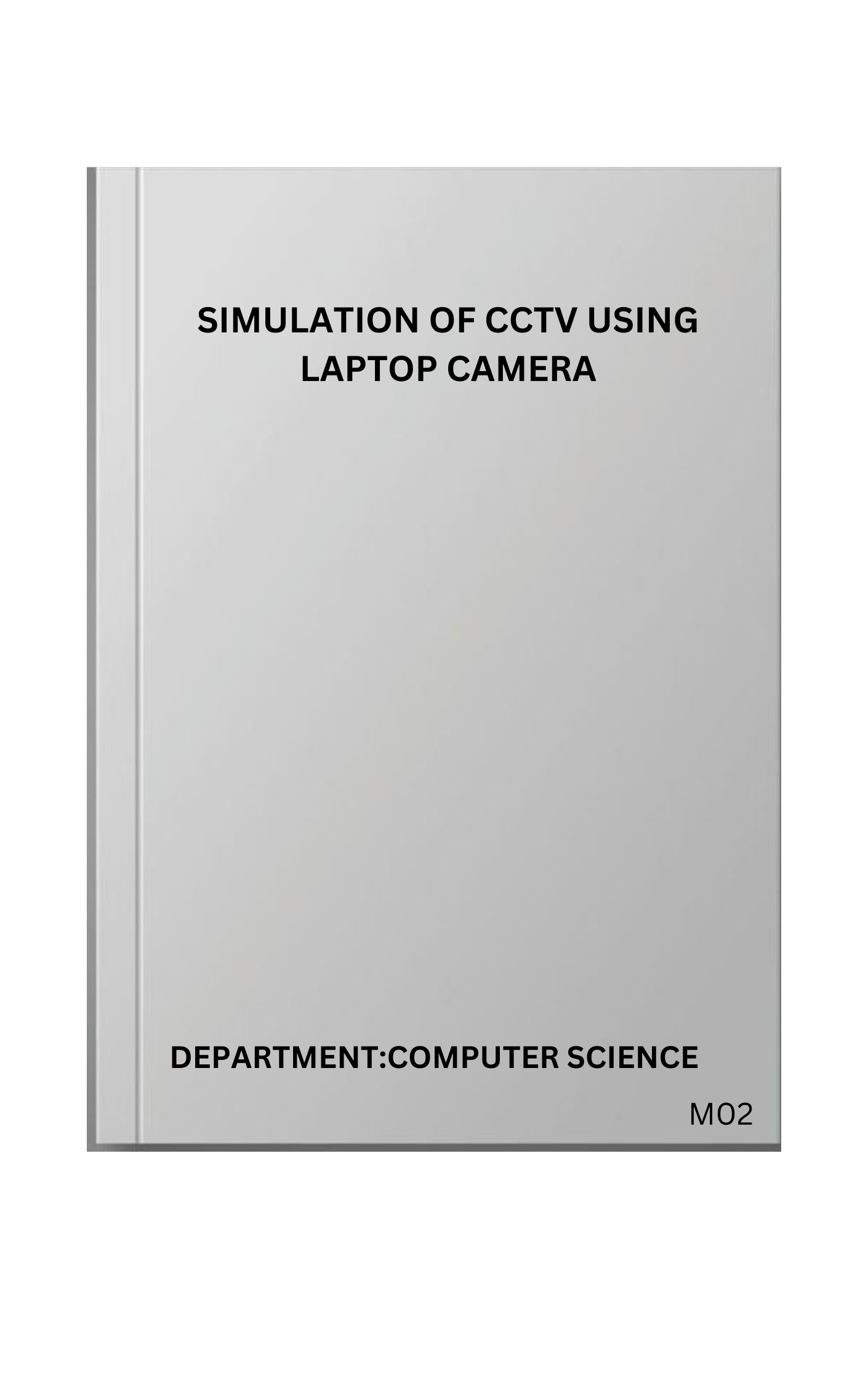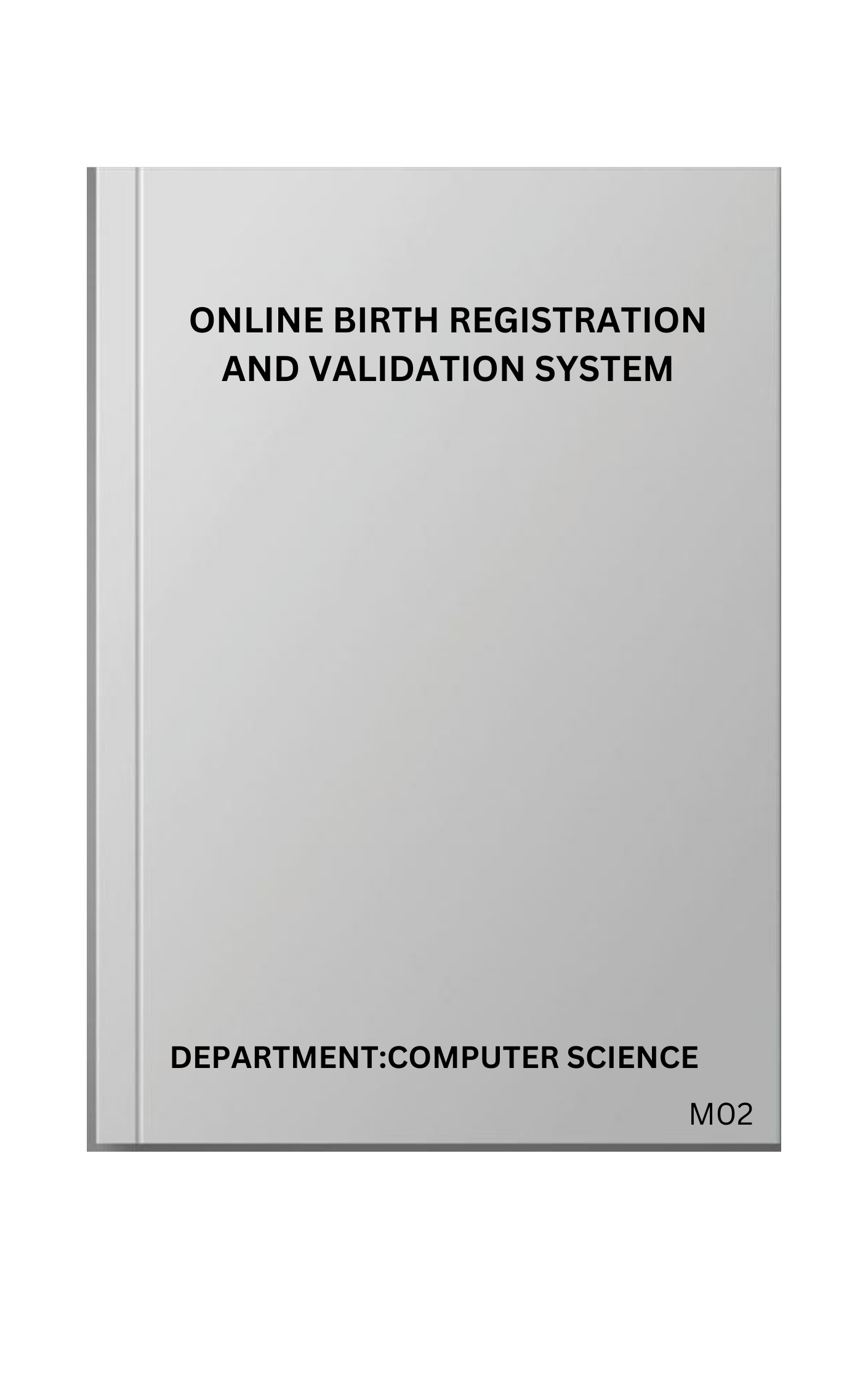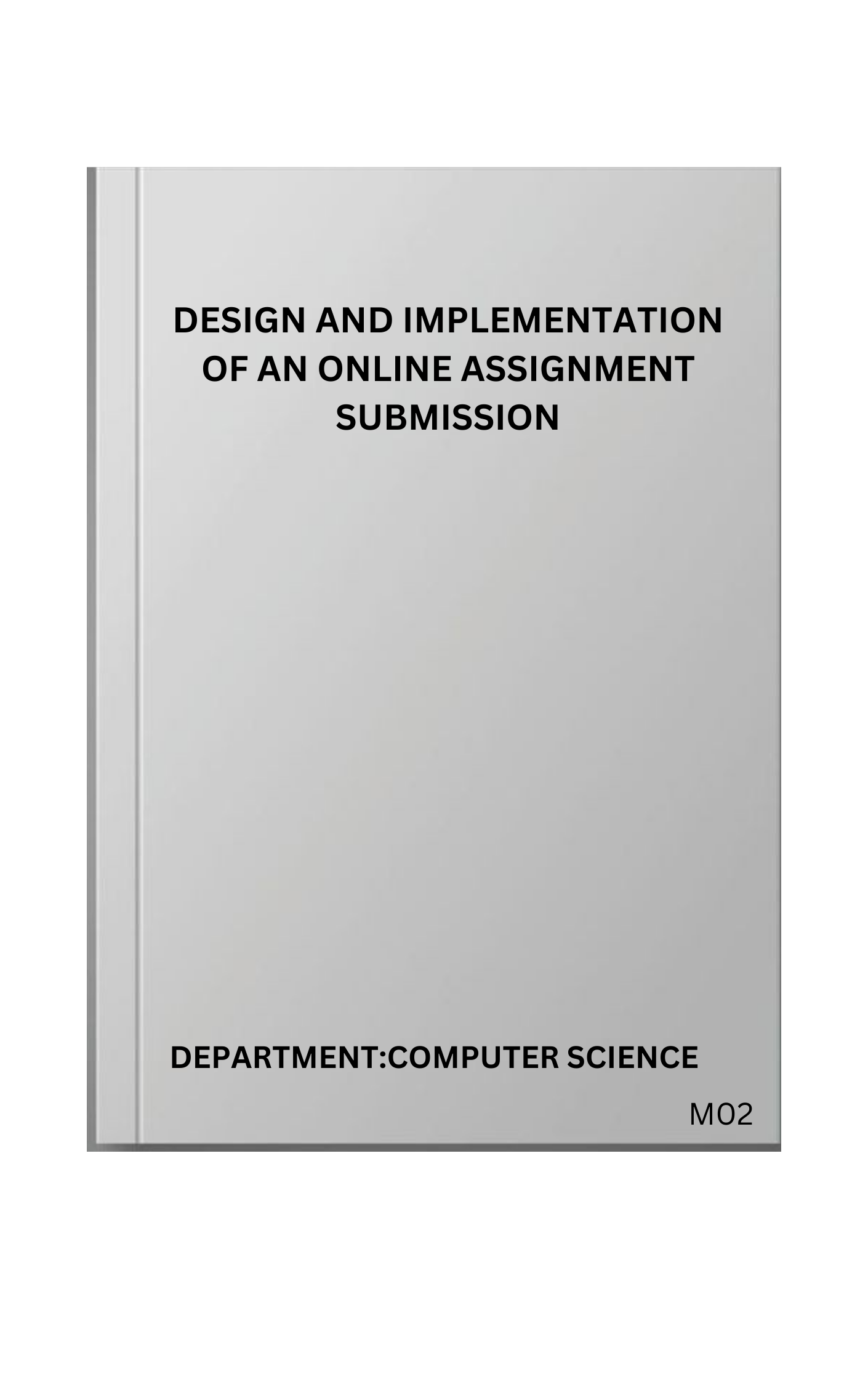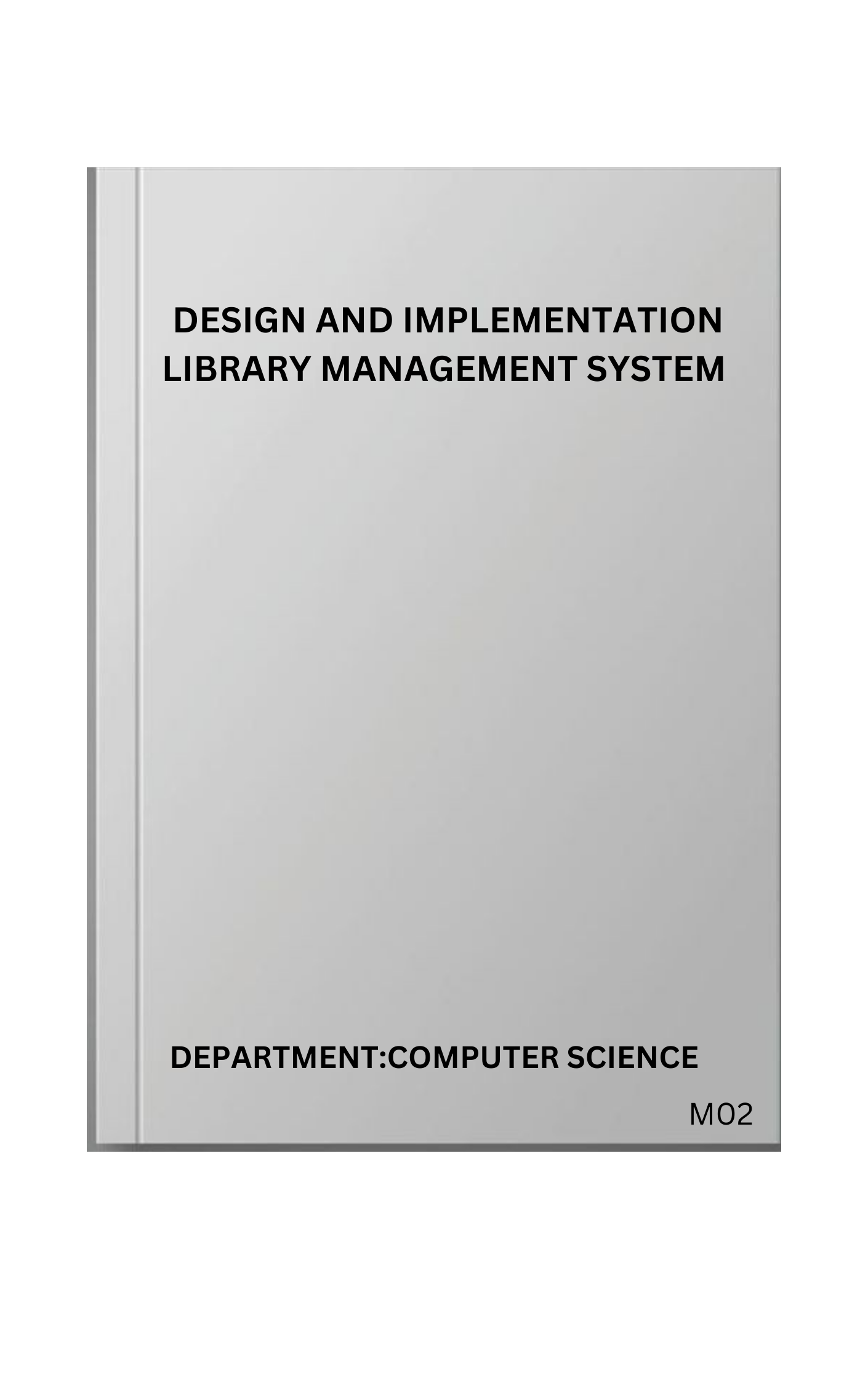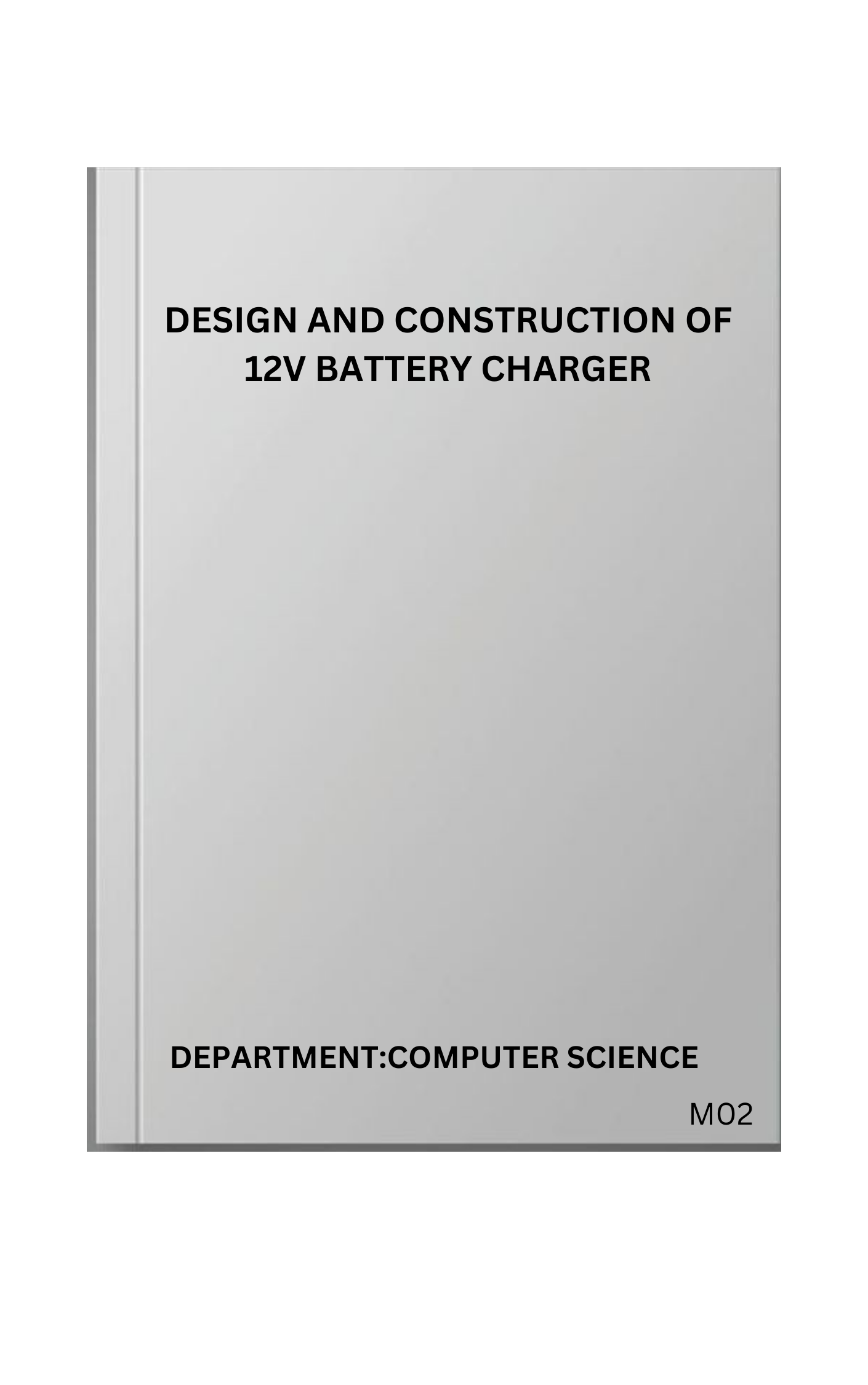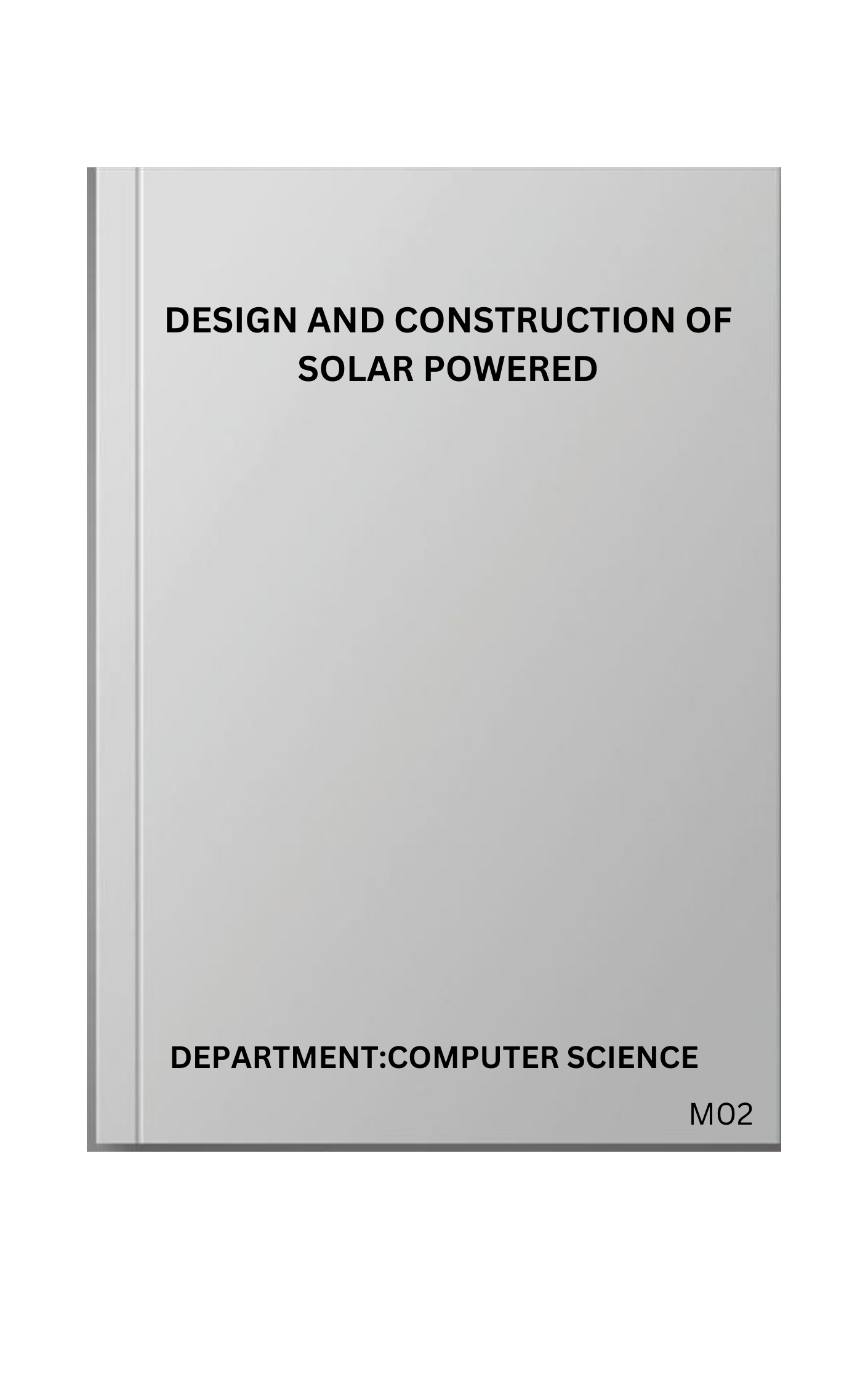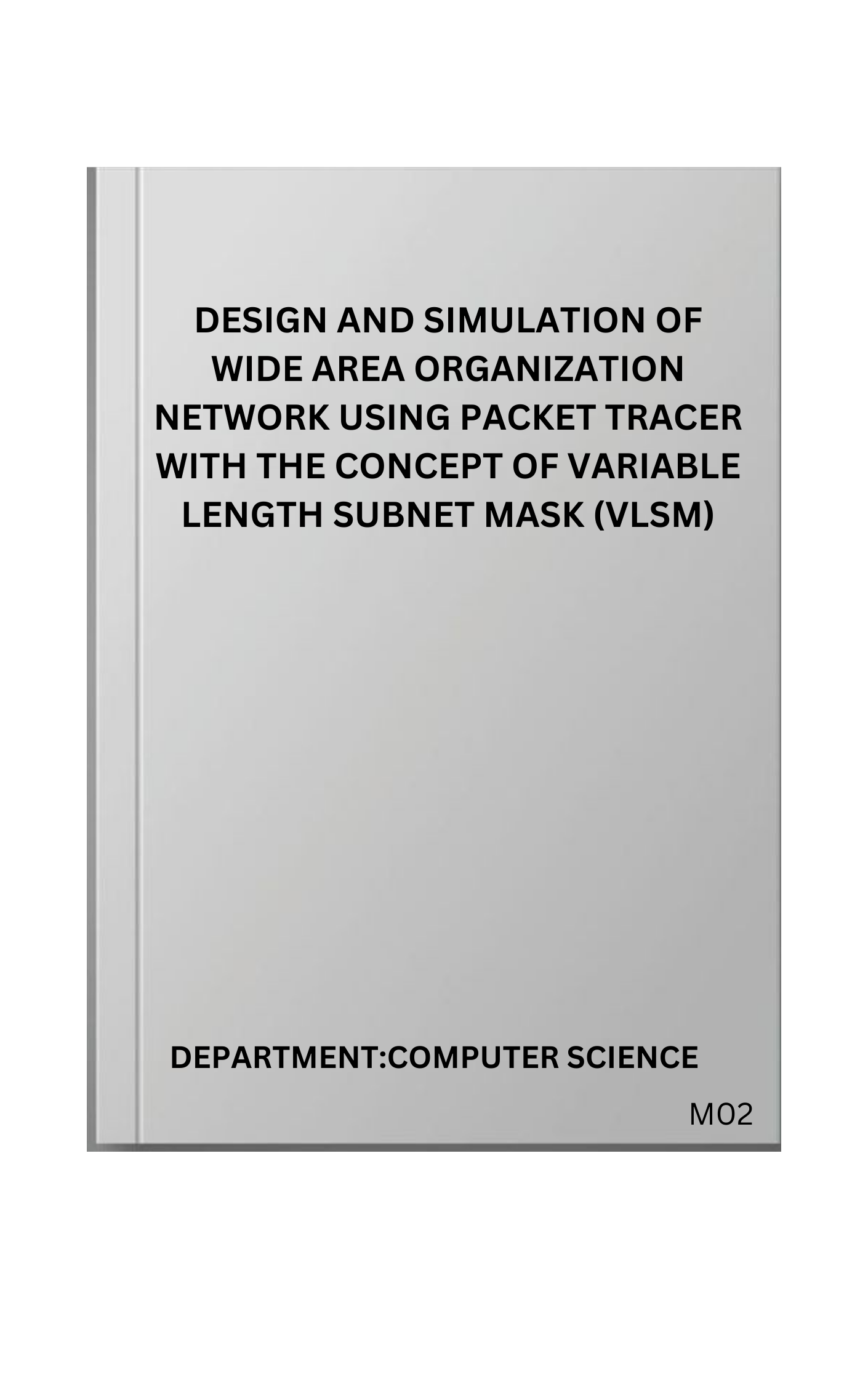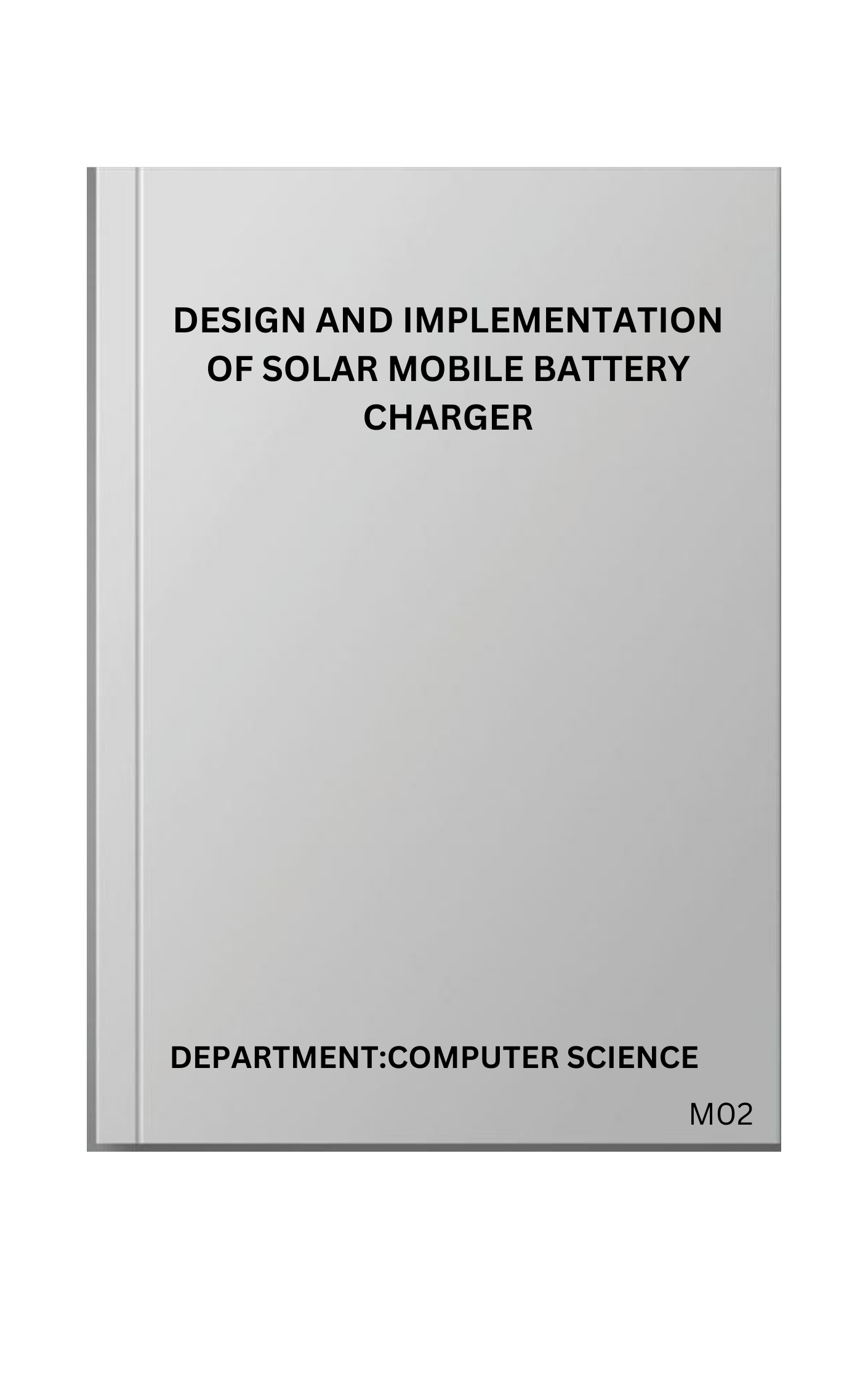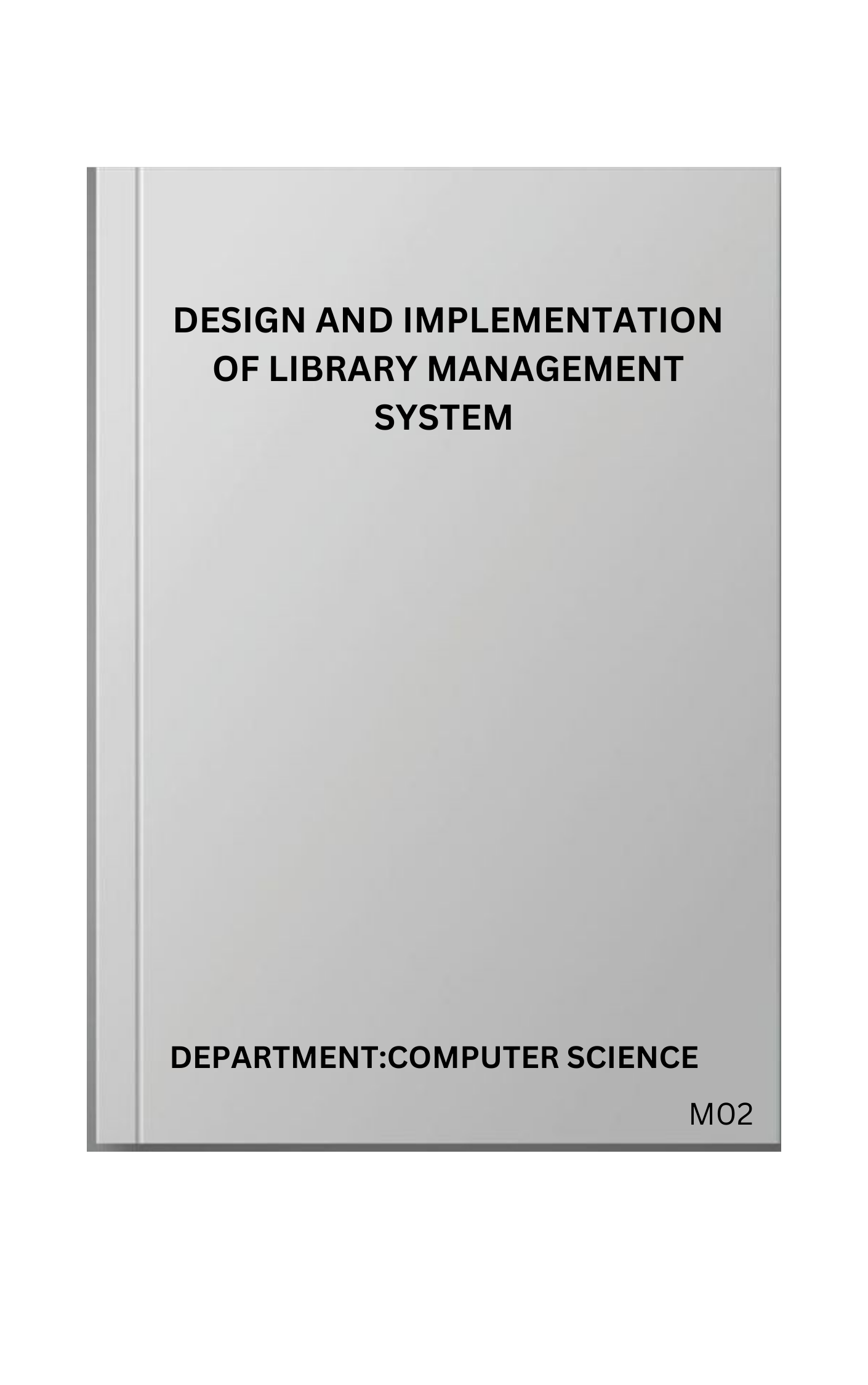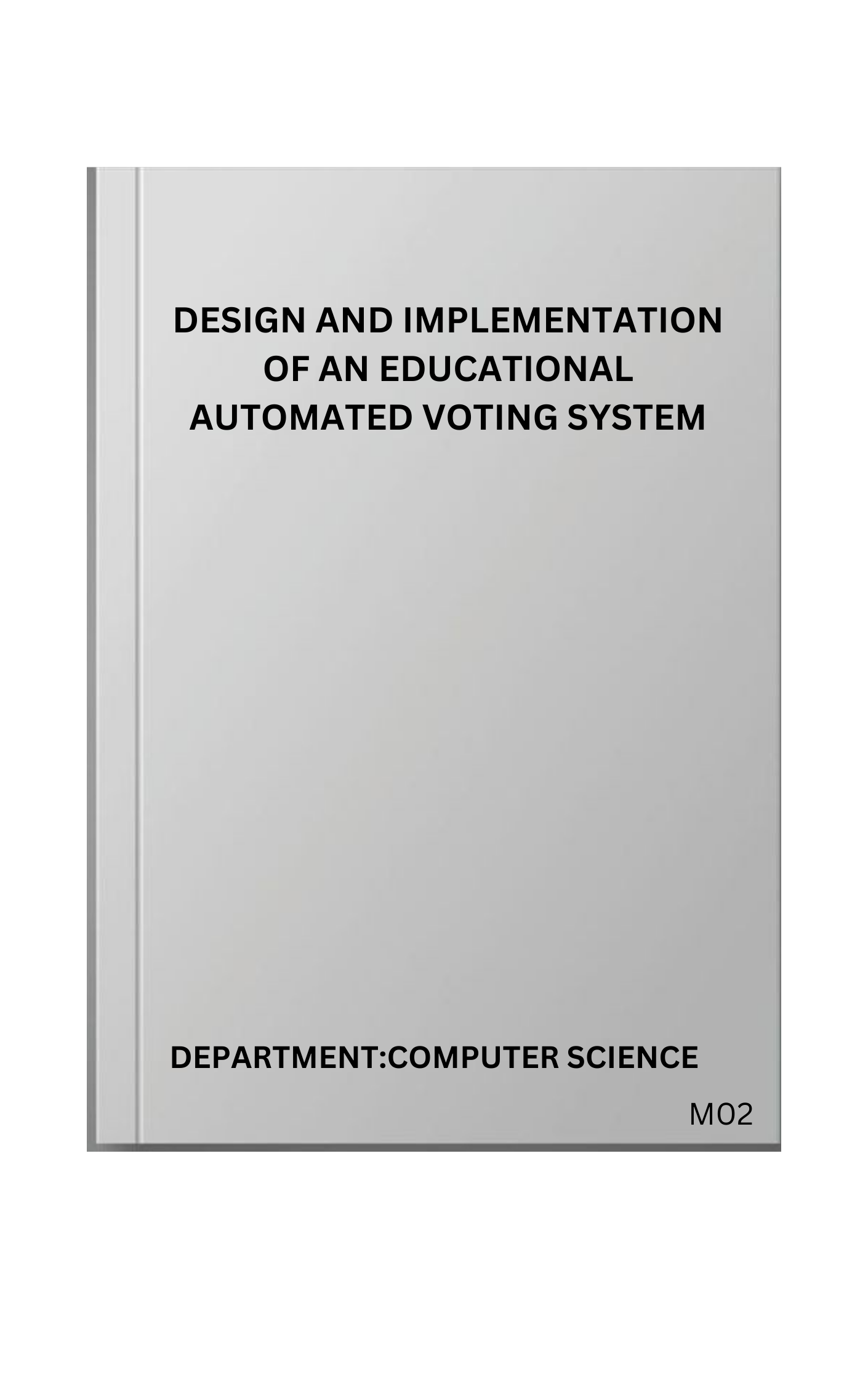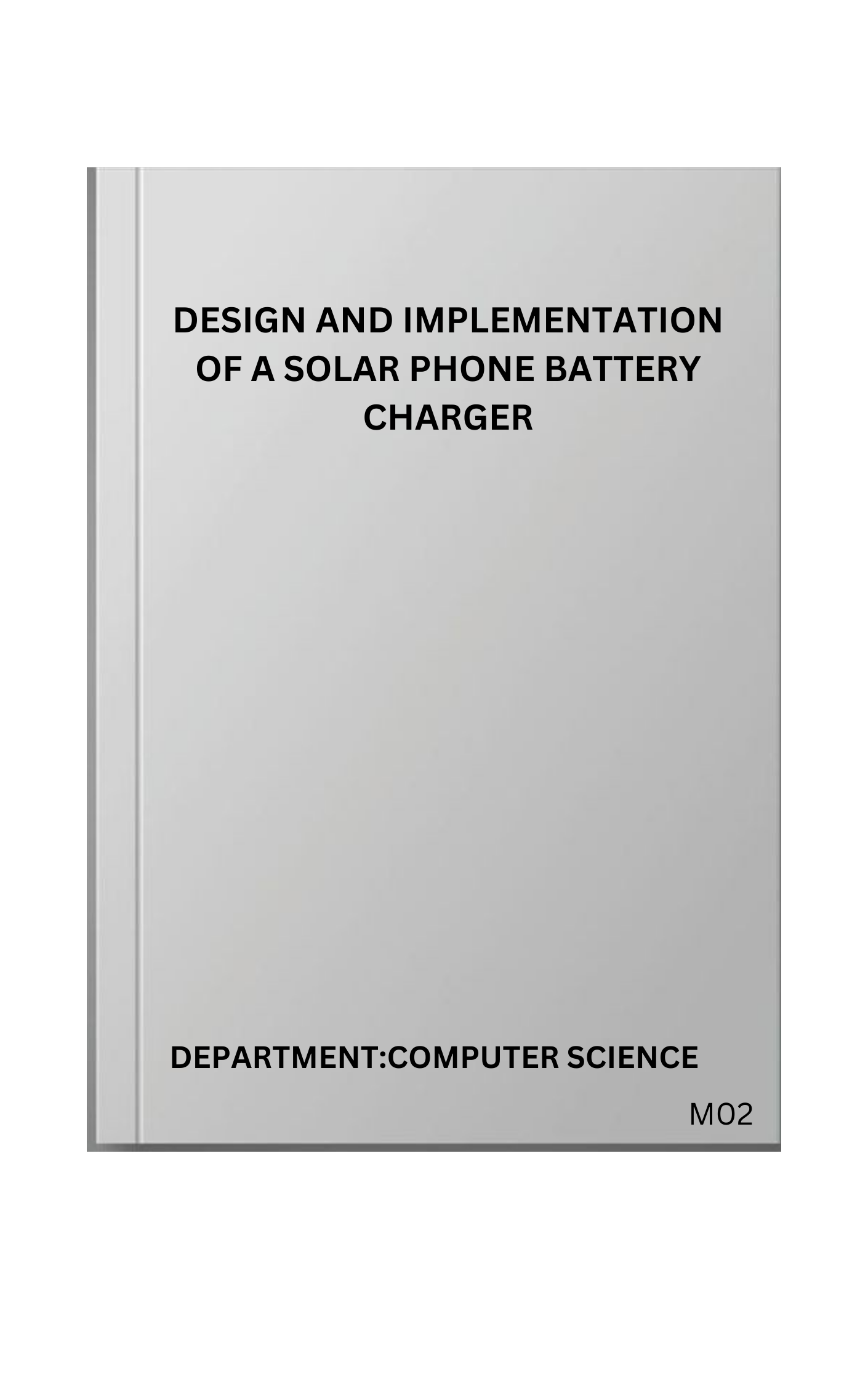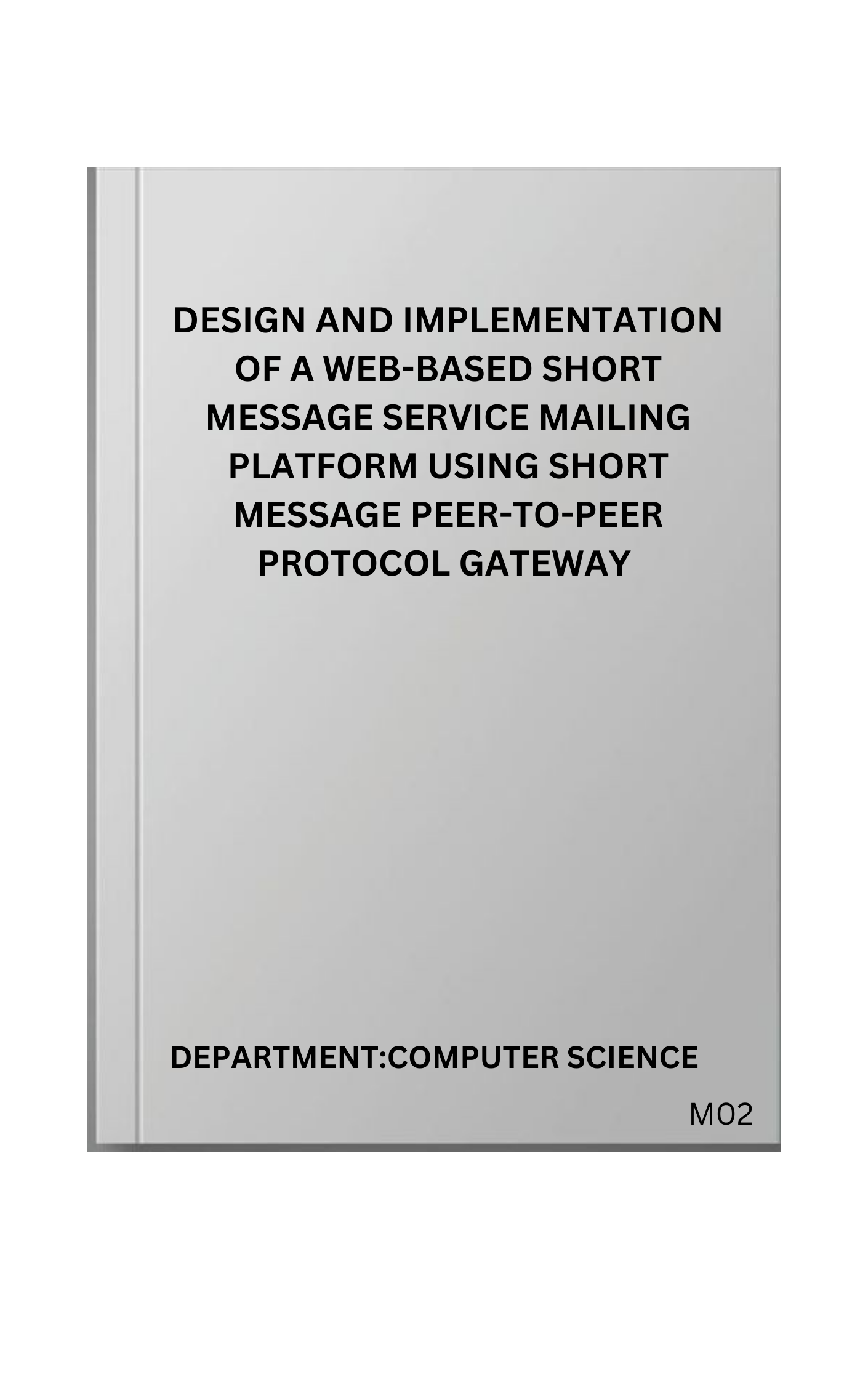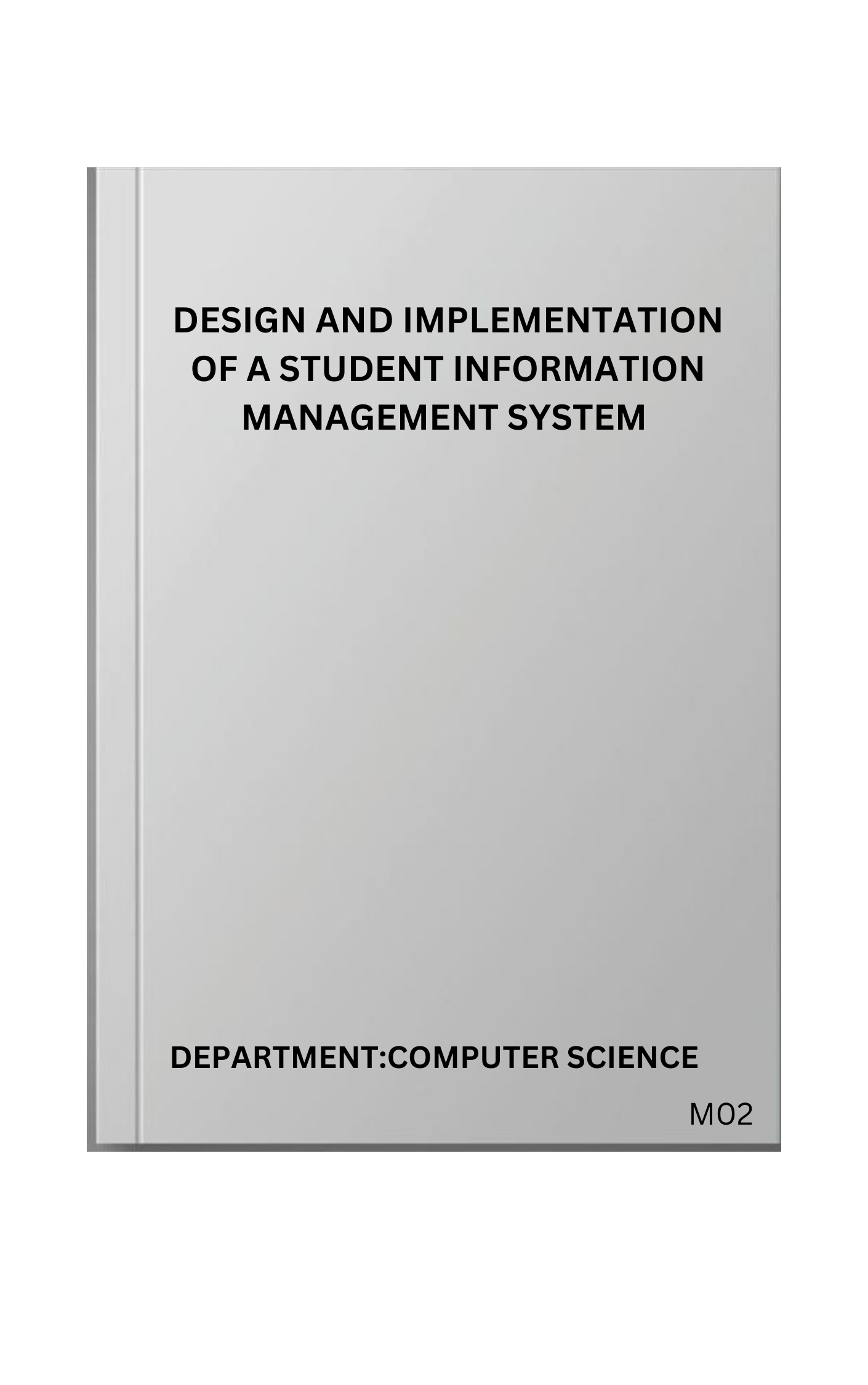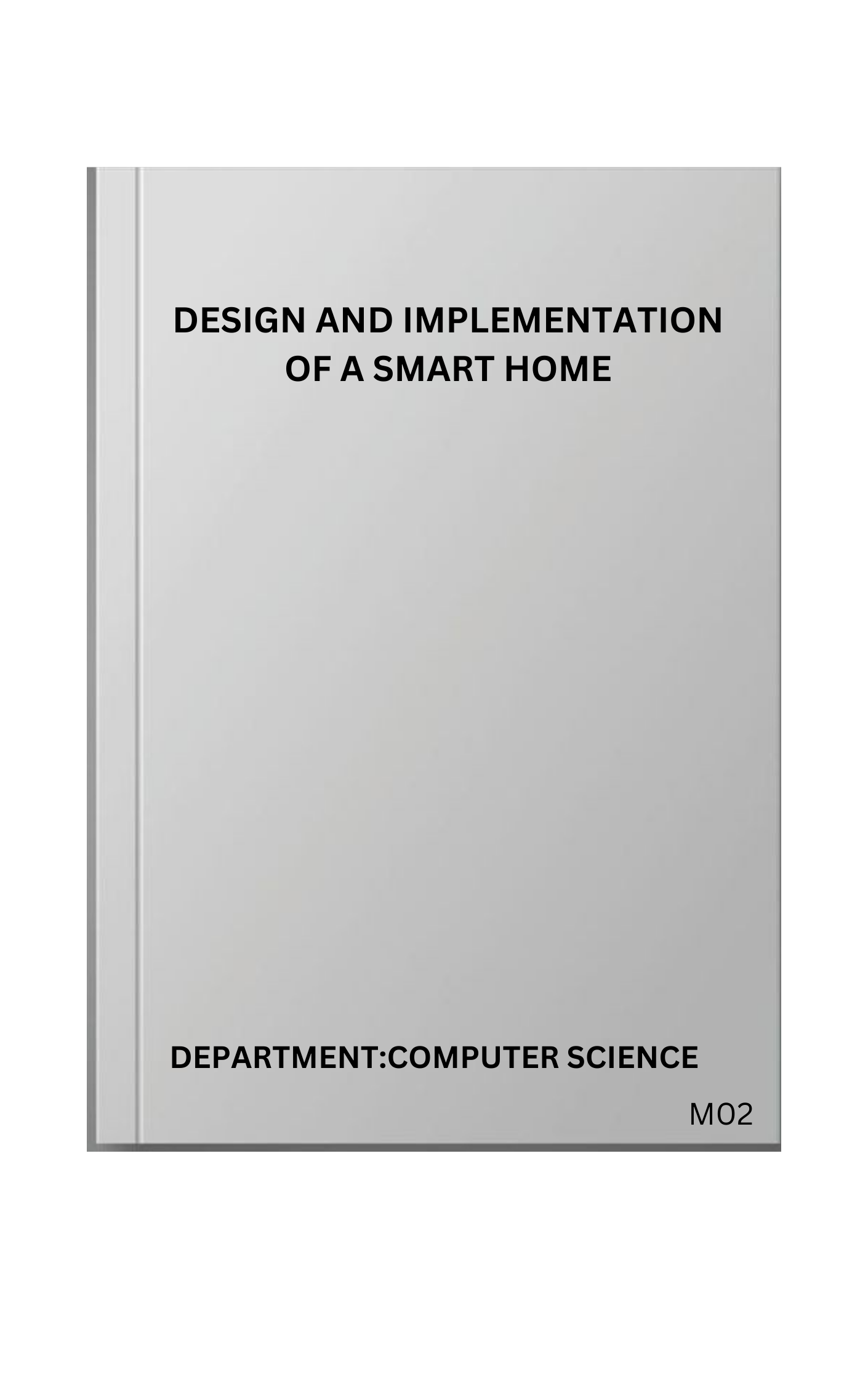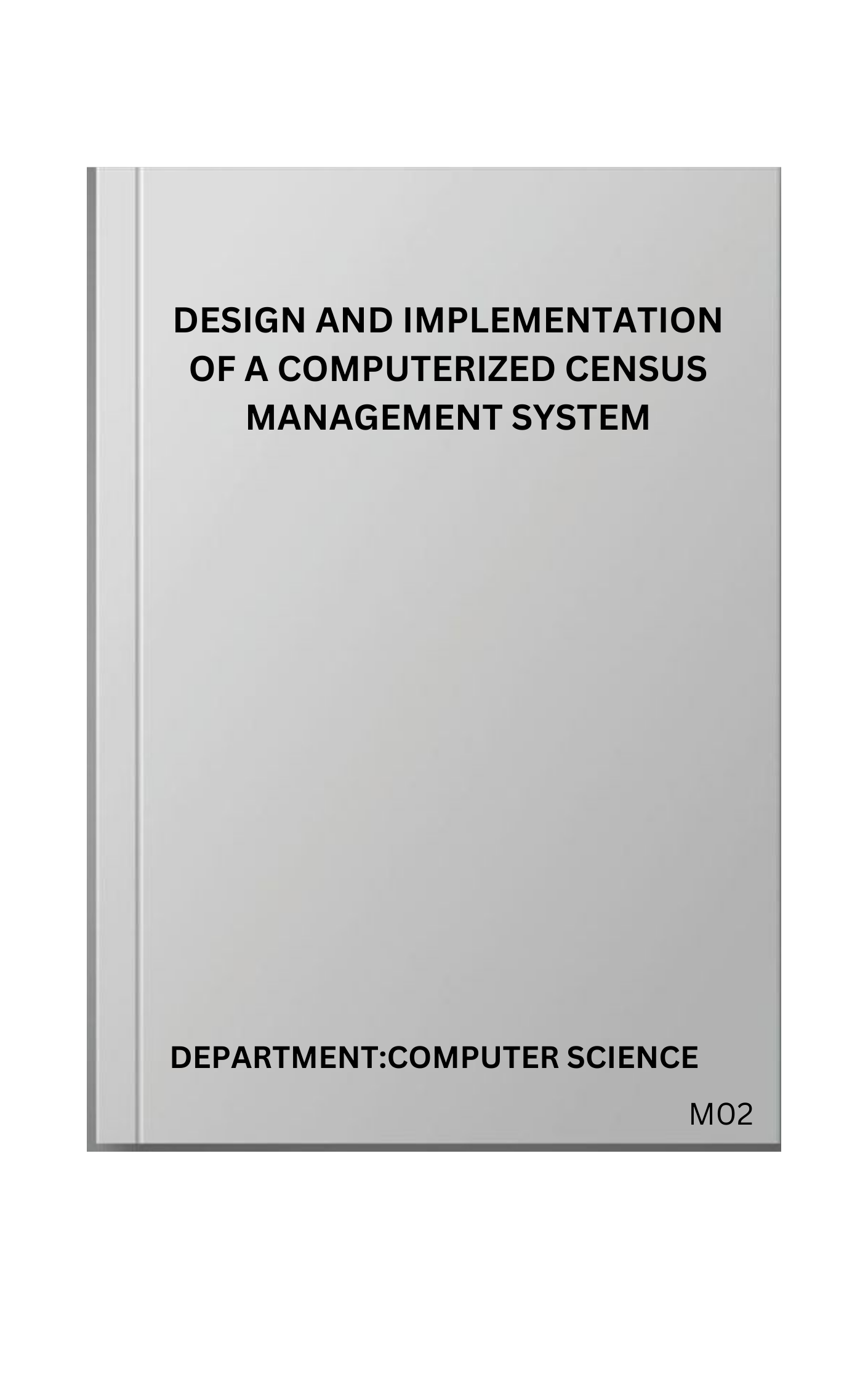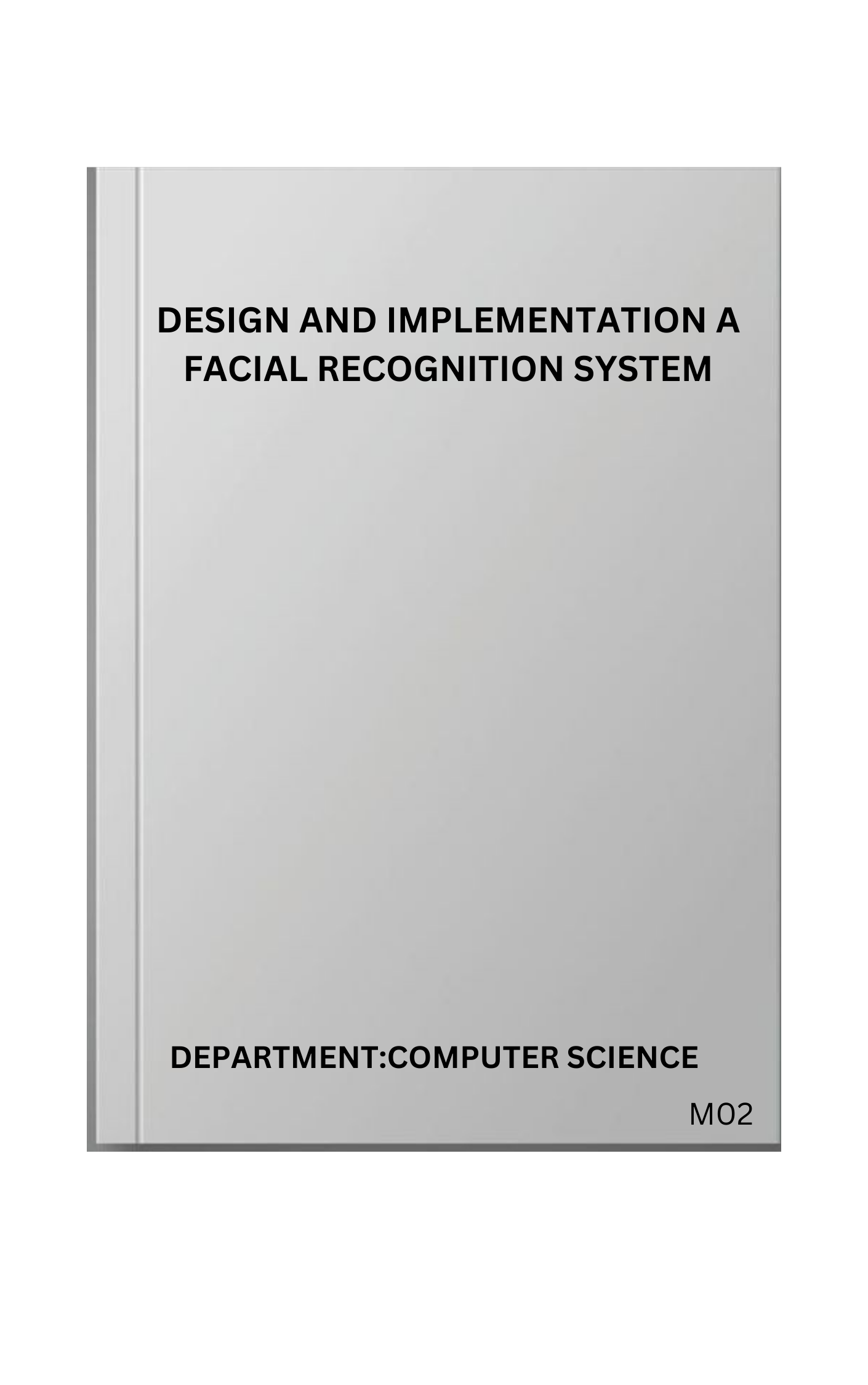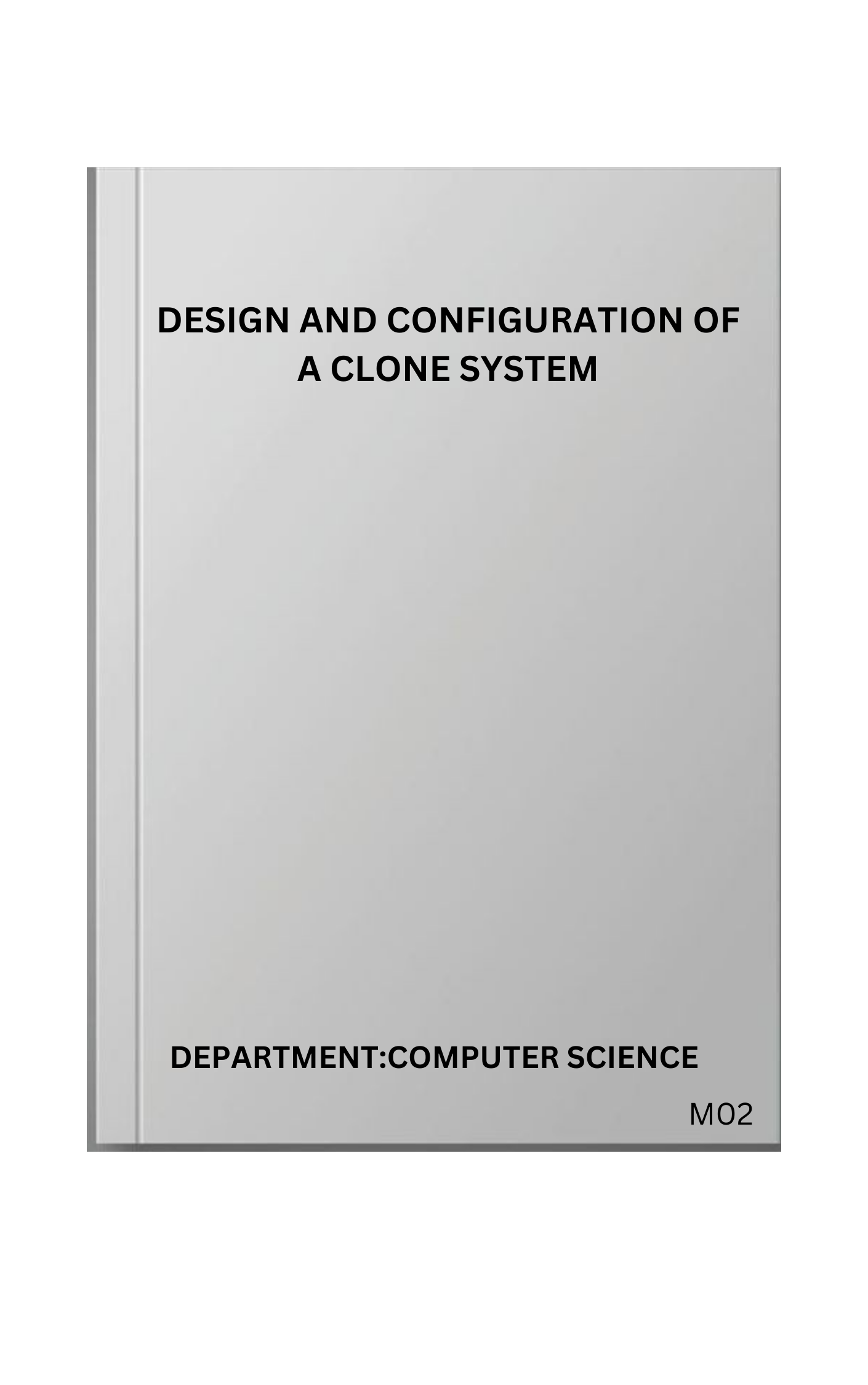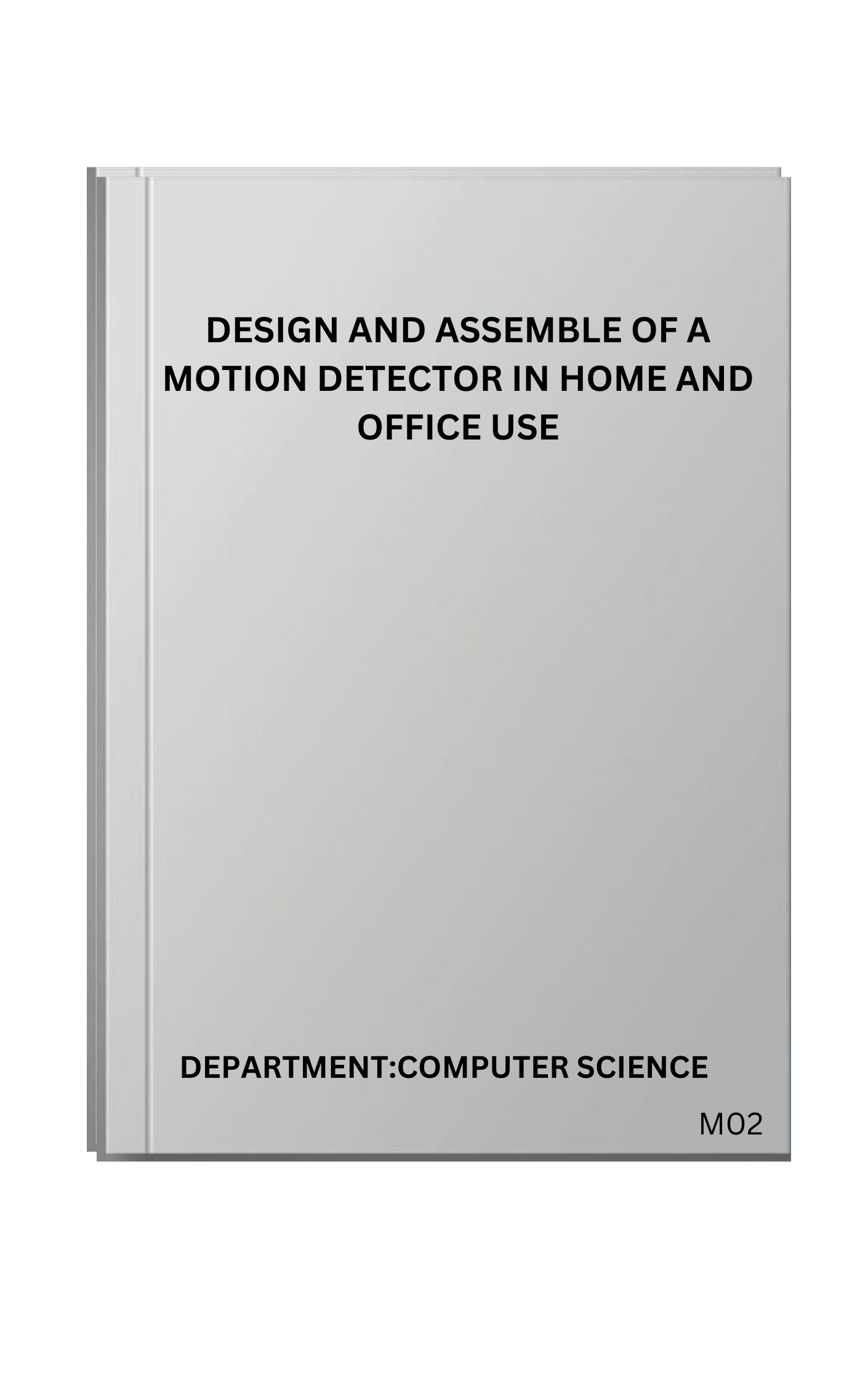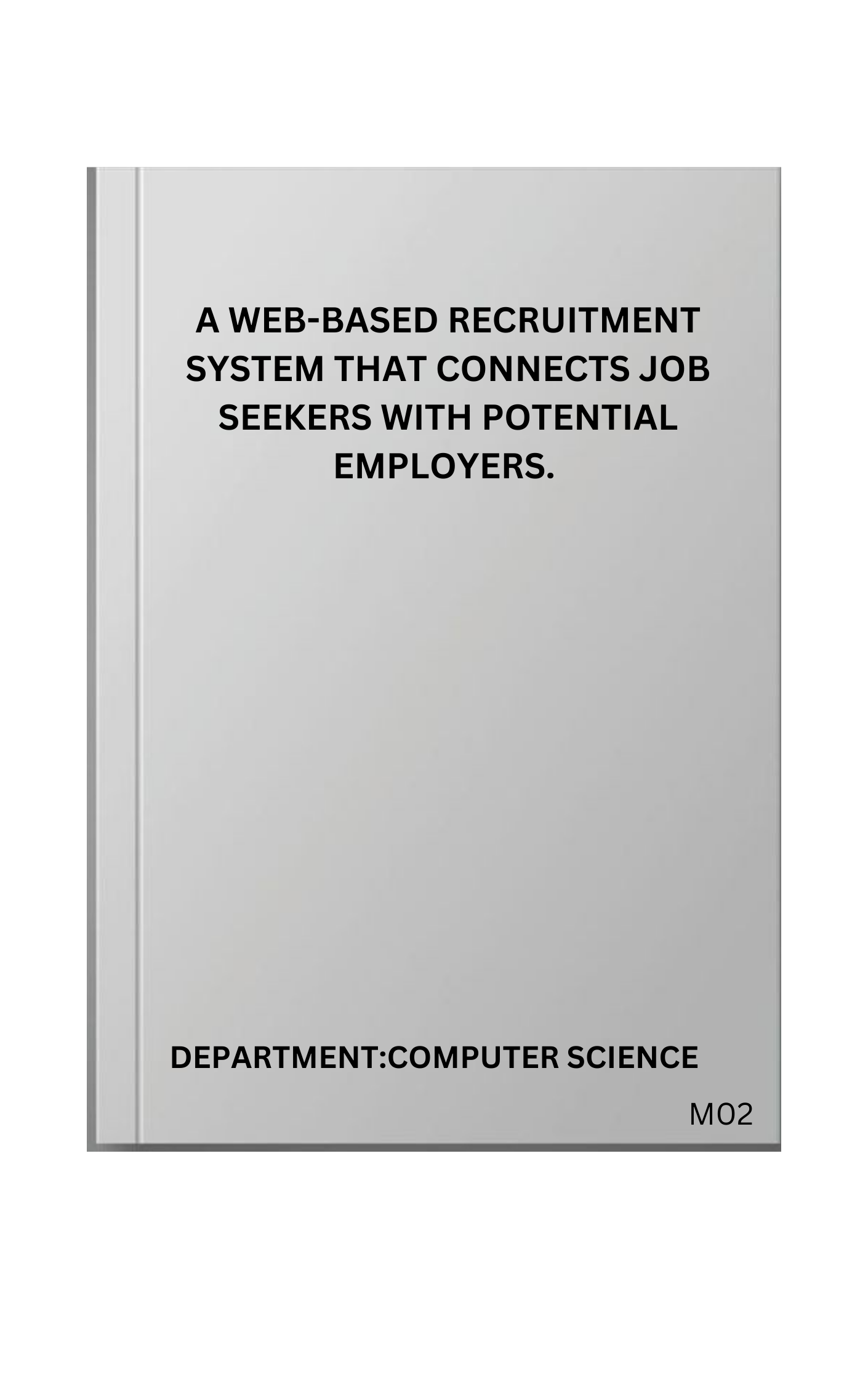CHAPTER ONE
INTRODUCTION
1.1 Introduction
The engineering properties of rocks are essential in determining the design and safety of mining operations, influencing every stage of the mining process, from exploration to closure. Understanding the behavior of rocks under various conditions is crucial for creating efficient and cost-effective mining systems, ensuring structural stability, and minimizing hazards. Key engineering properties include strength, elasticity, porosity, permeability, and fracture characteristics, which directly affect rock behavior during excavation, drilling, and blasting.
Rock strength, including compressive, tensile, and shear strength, is one of the most important factors in mine design, as it determines the ability of rock to withstand mining forces. These strengths ensure the stability of tunnels, slopes, and underground chambers. Elasticity, or the rock’s ability to deform and return to its original shape, influences how the rock mass responds to stress, affecting ground support and stress management. The porosity and permeability of rocks control the movement of fluids like water or oil, which can have significant implications for groundwater control, drainage, and the potential for flooding in mining operations.
Fractures and faults within rock masses also play a critical role in mine design. Fractured rock is weaker and more prone to instability, which can pose risks to safety and infrastructure. A thorough understanding of these engineering properties allows mining engineers to develop effective strategies for support, ventilation, and excavation, while anticipating potential challenges related to rock mass behavior.
In conclusion, the engineering properties of rocks are vital for determining optimal mine designs. A comprehensive understanding of these properties ensures that mines are designed for safety, efficiency, and economic viability, enabling successful and sustainable mining operations.
1.2 Aim and Objectives of the Study
Aim
This study looks at the properties of rocks and how they affect mine design, focusing on features like strength, flexibility, and how easily water passes through. It uses advanced methods, like nano-indentation, to study rock behavior and make mining operations safer and more efficient.
Objective
To understand the important physical properties of rocks and their determination.
To analyze the geological characteristics of rocks To review the general characteristics of rocks.
To evaluate the modulus properties of rocks building stones, and their occurrences.
PAY TO GET COMPLETE PROJECT

